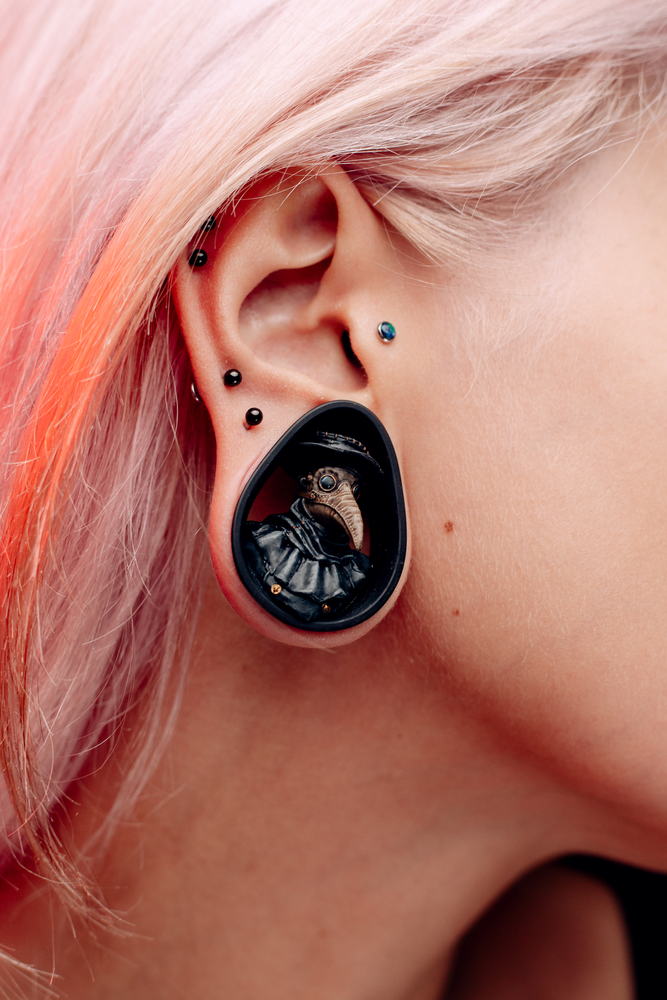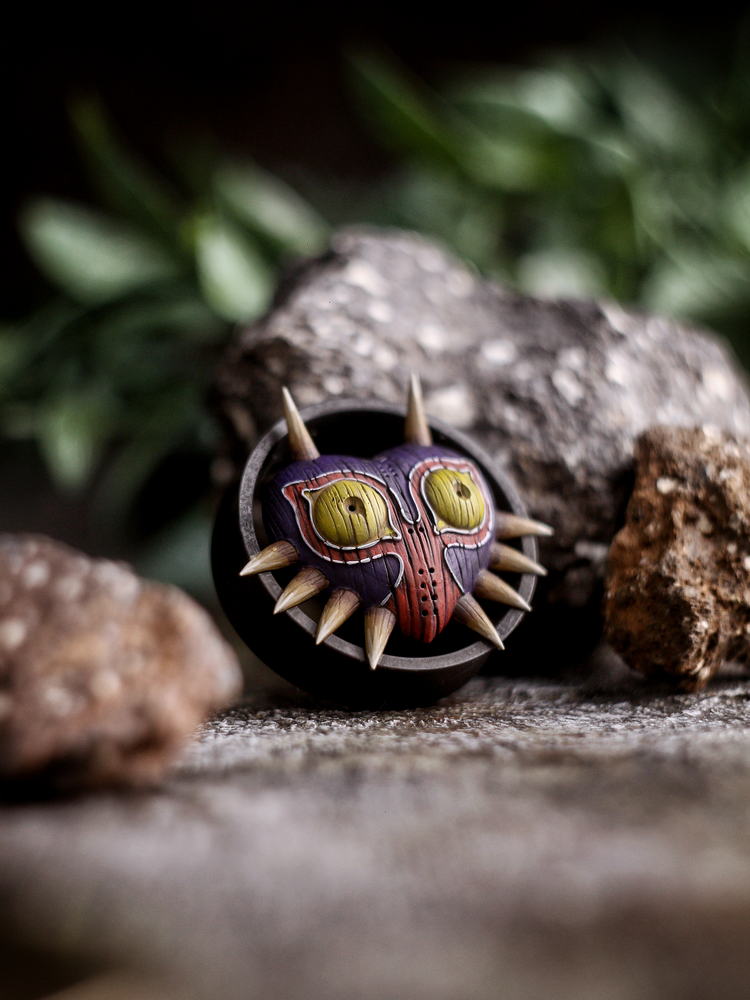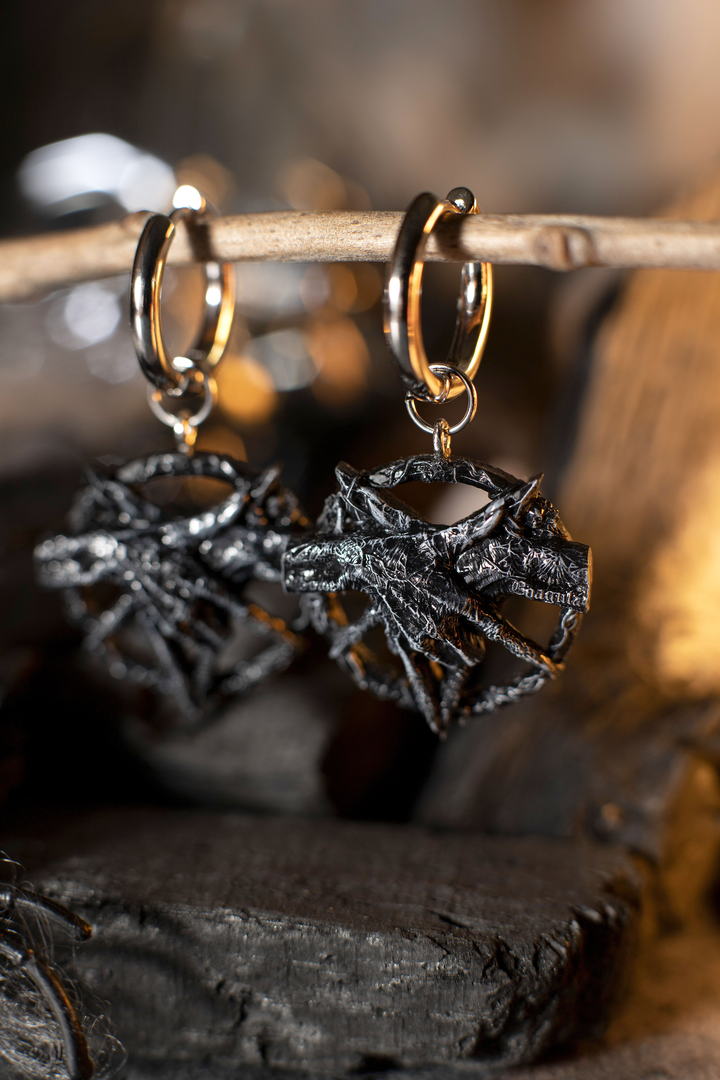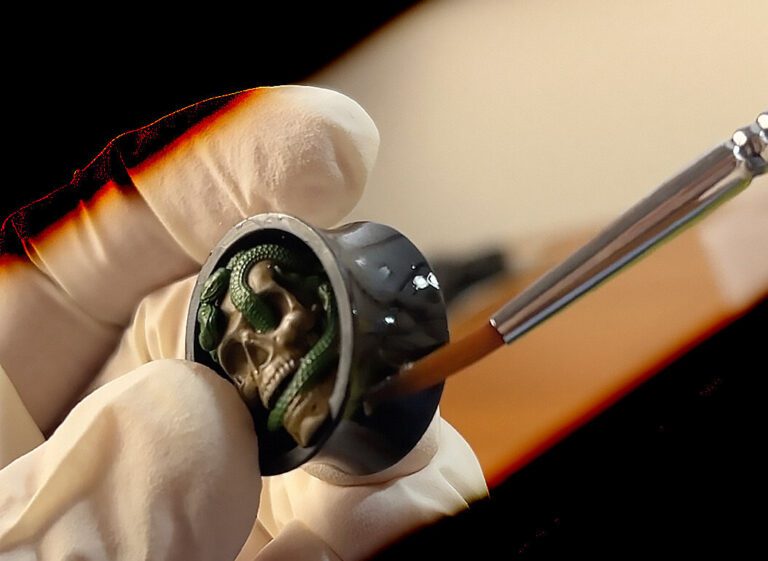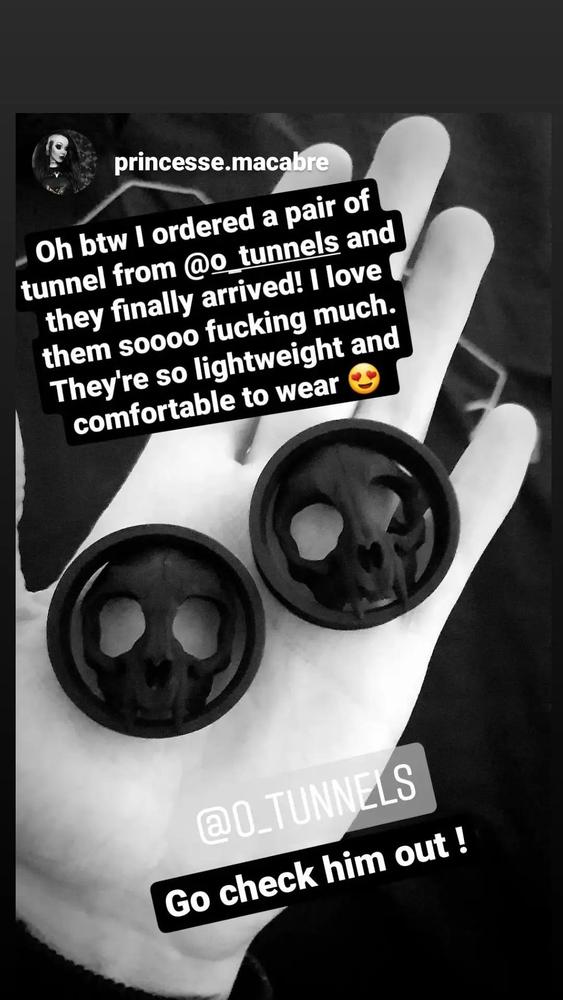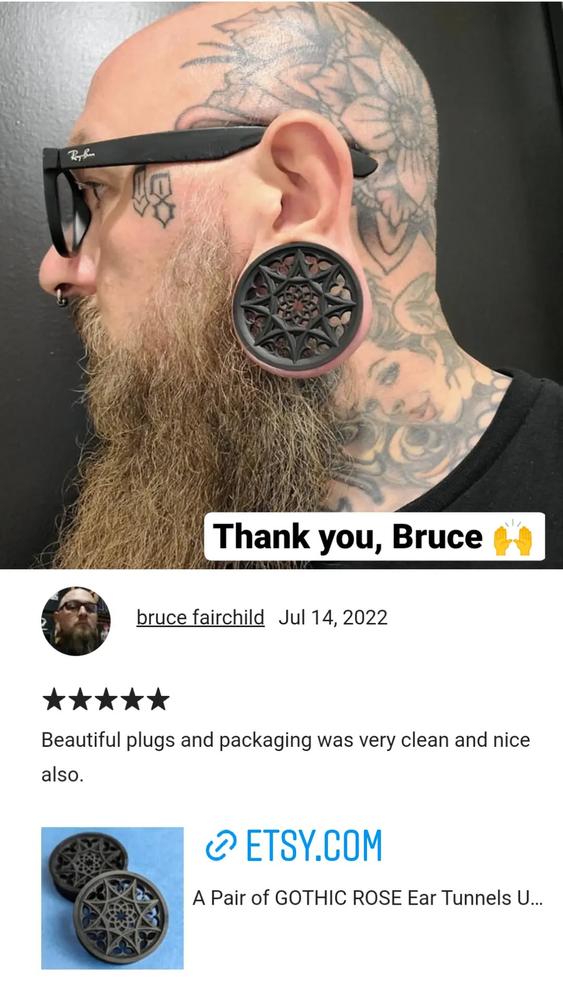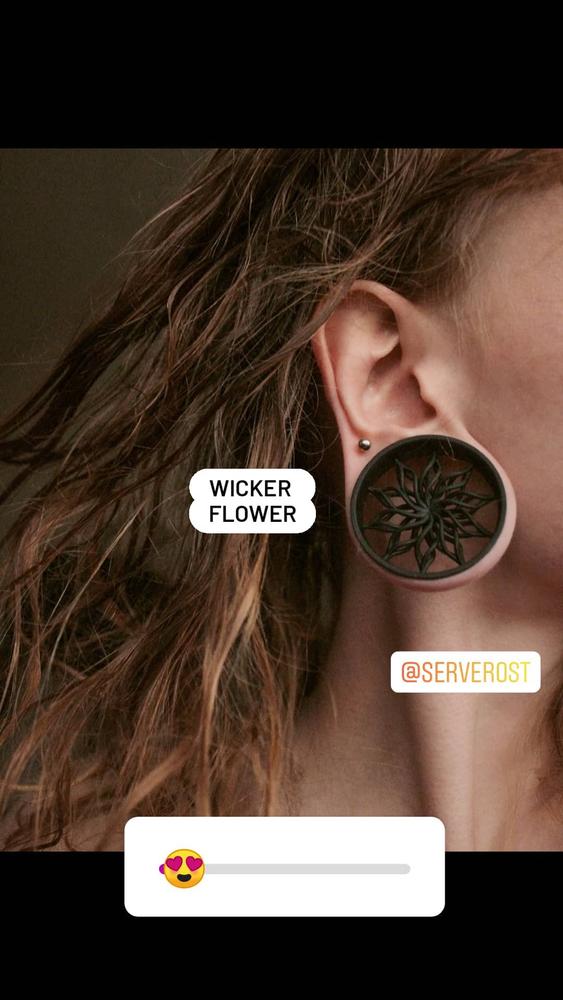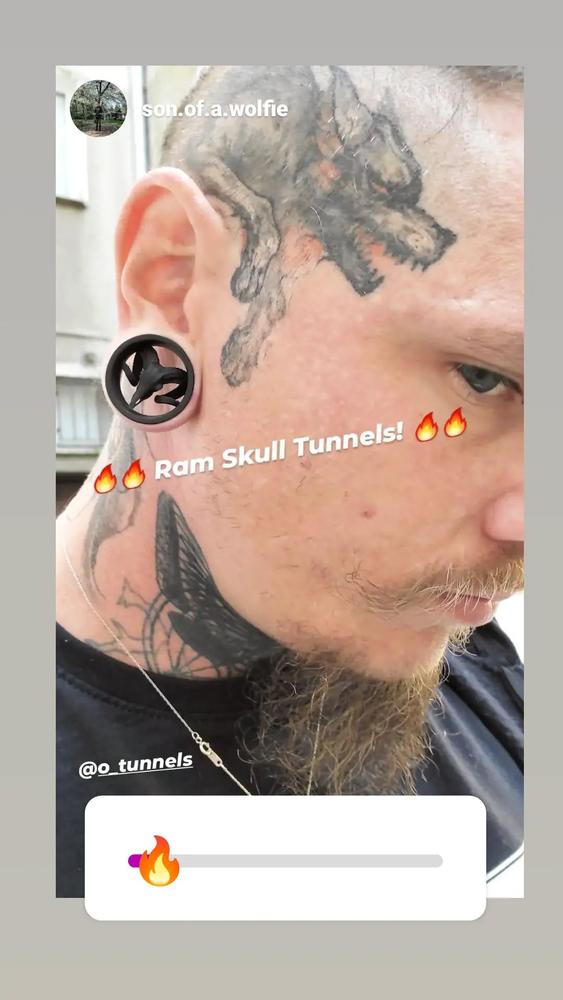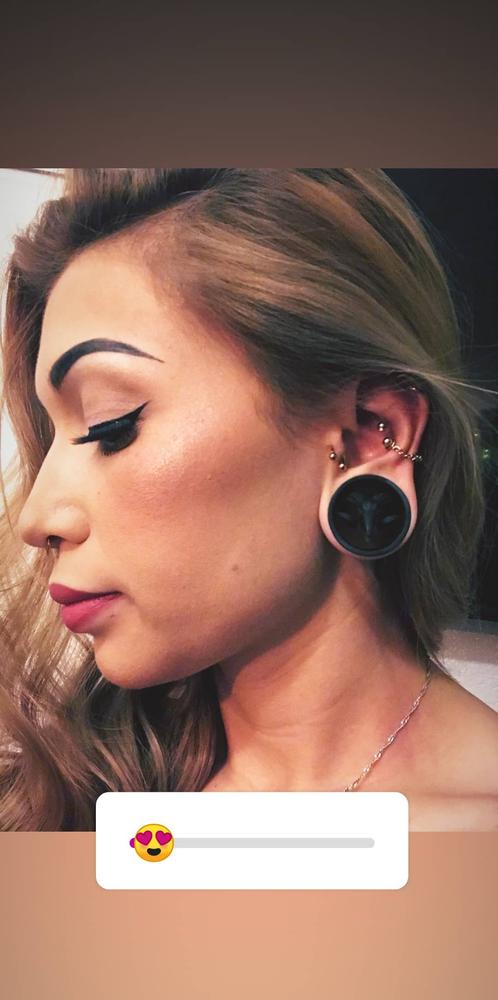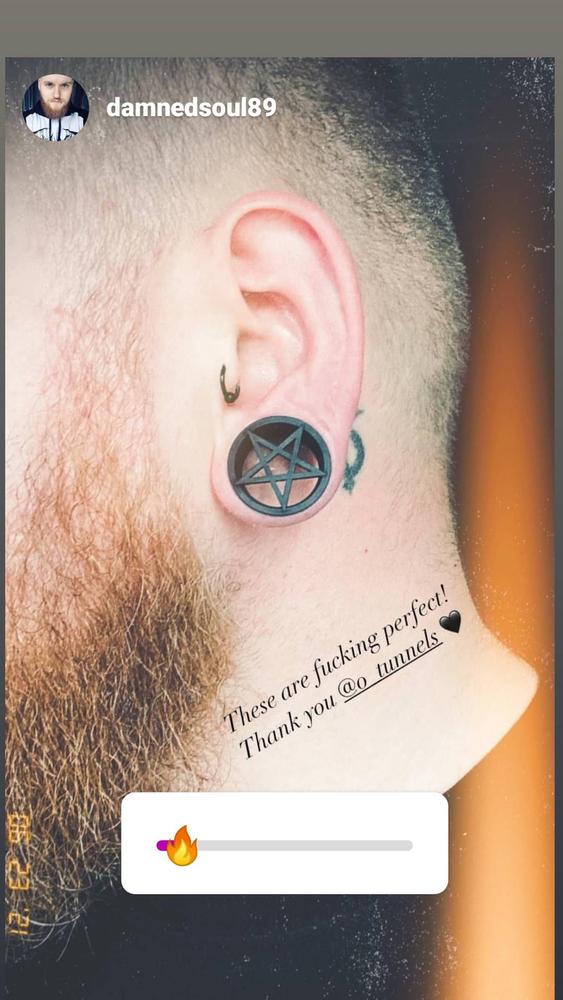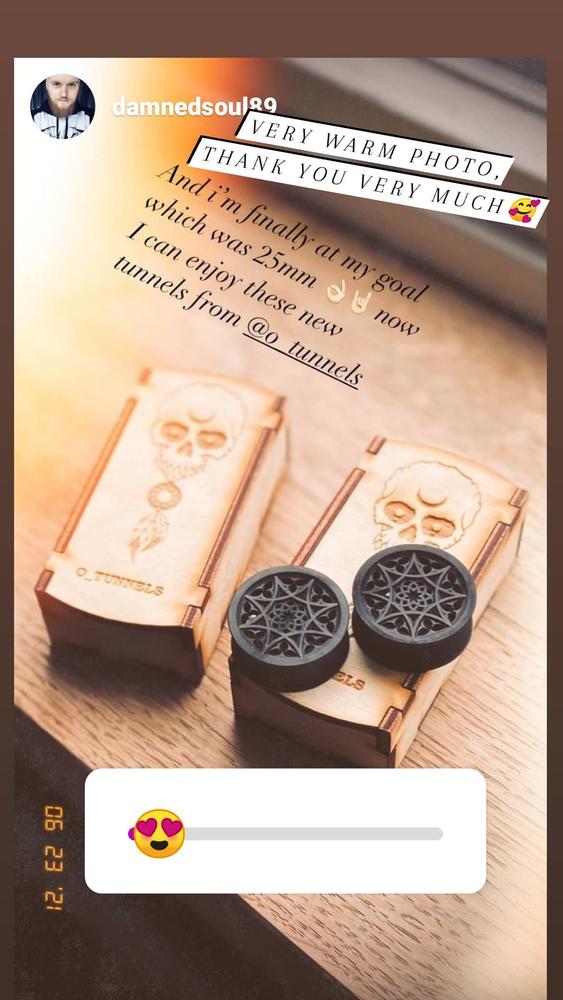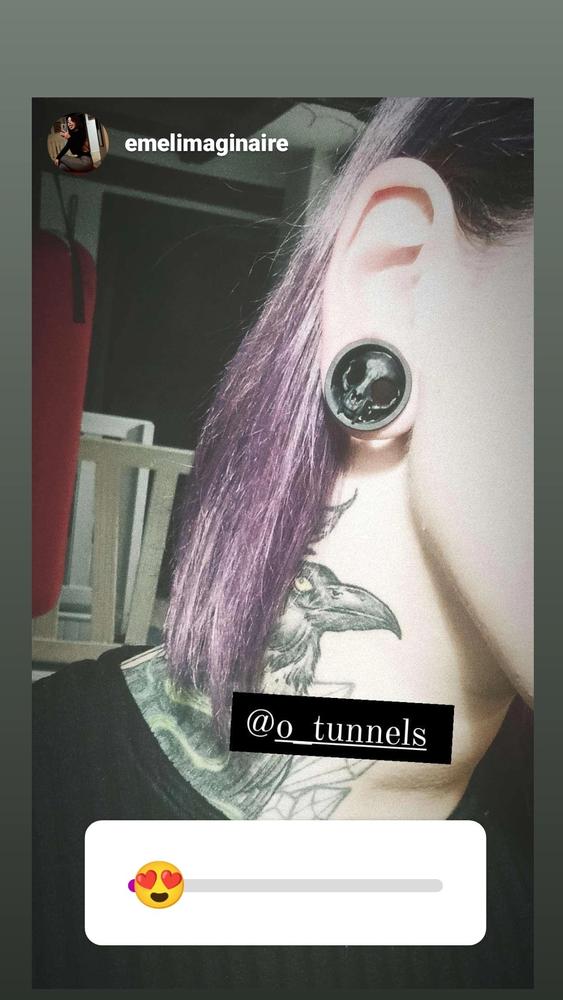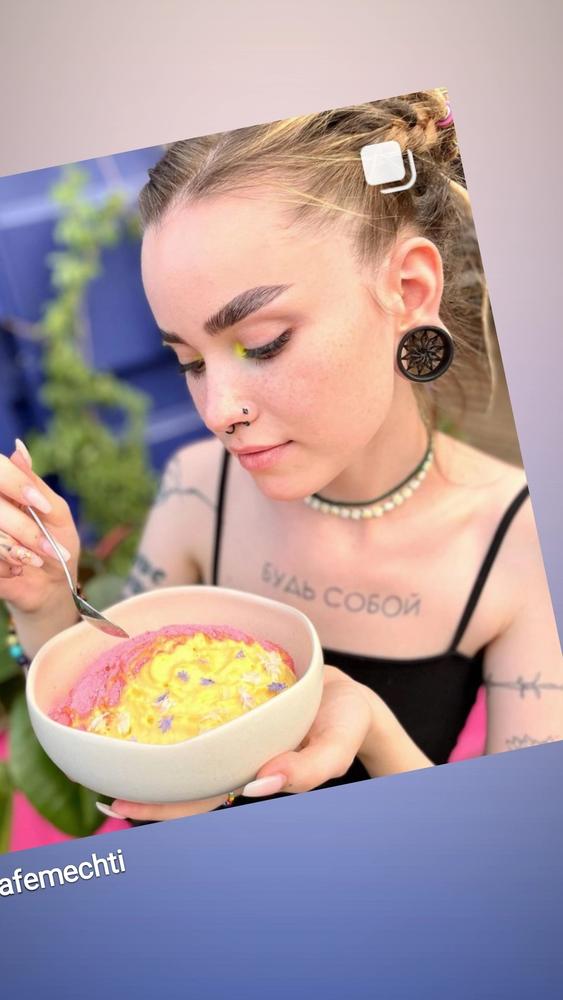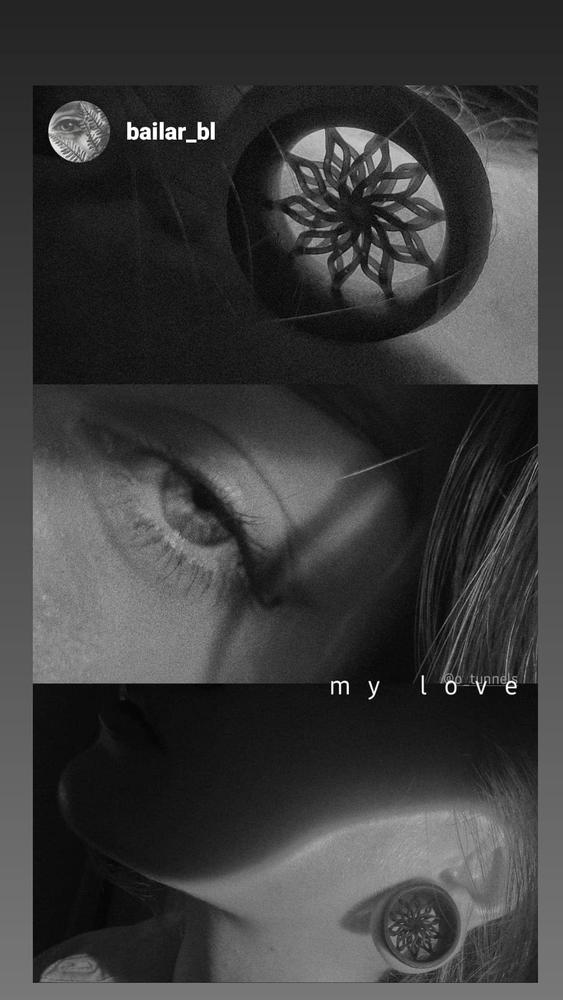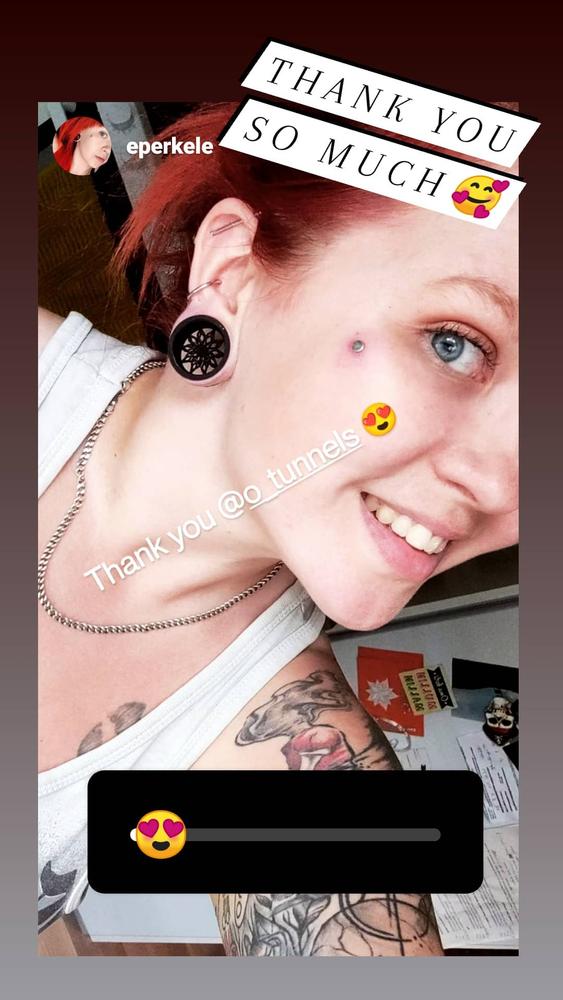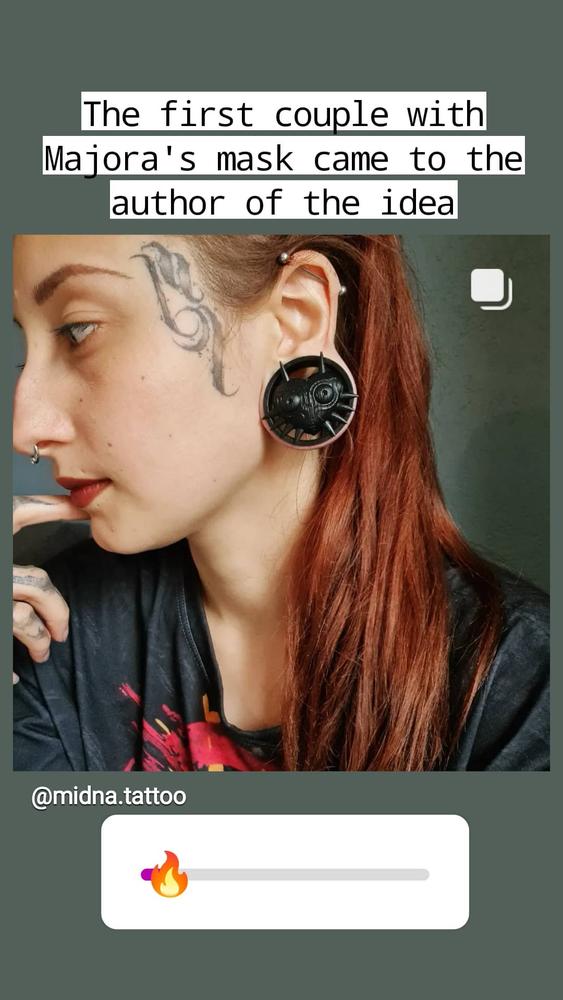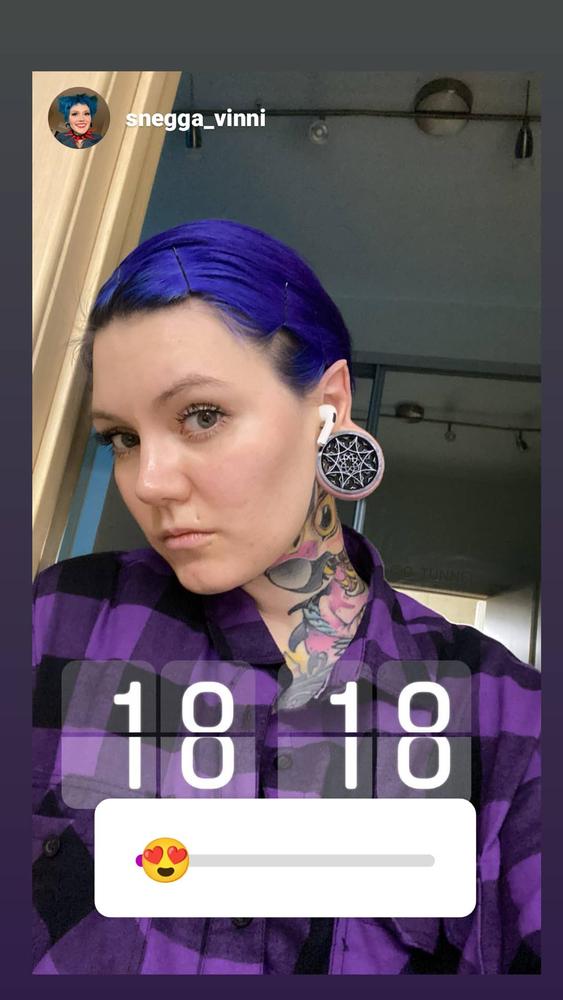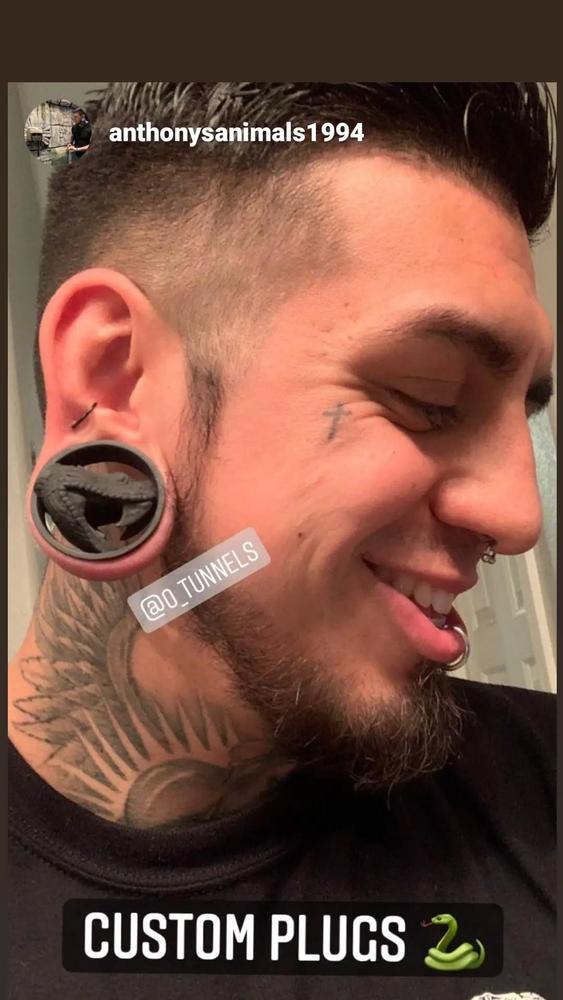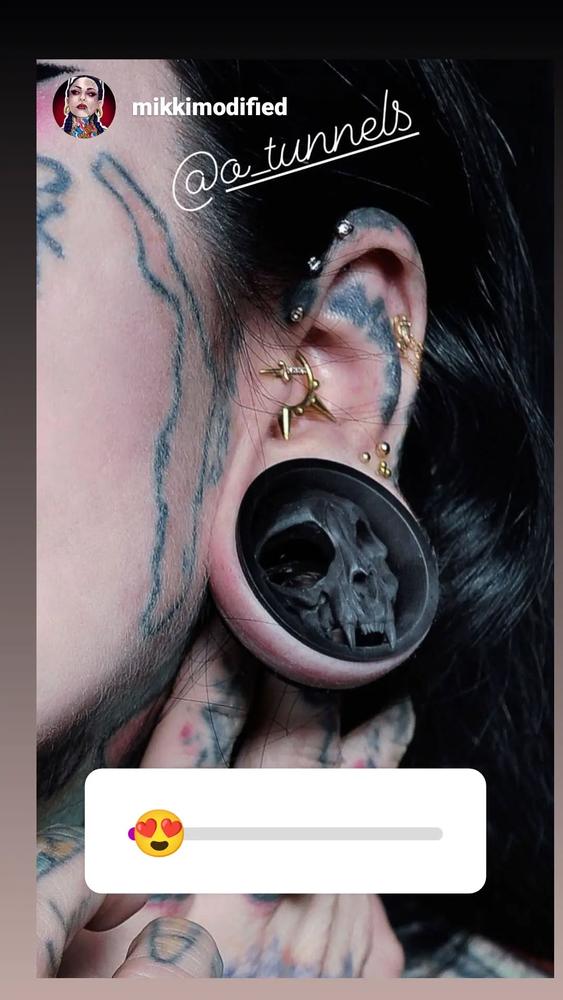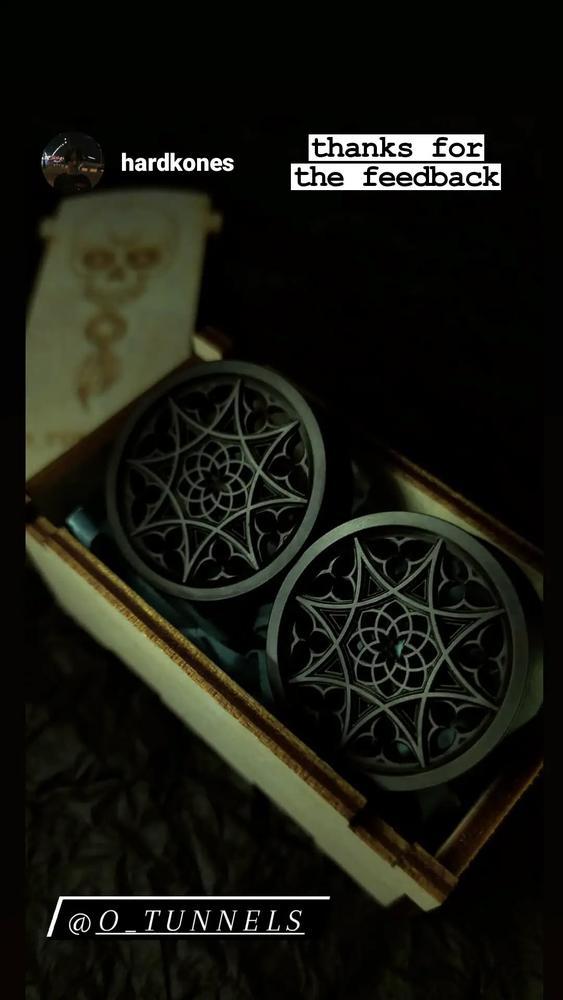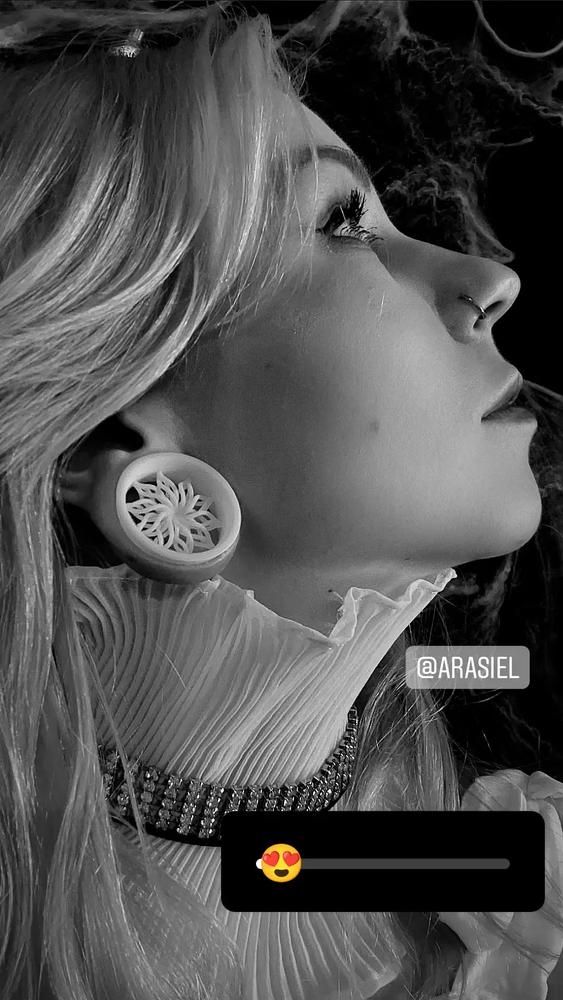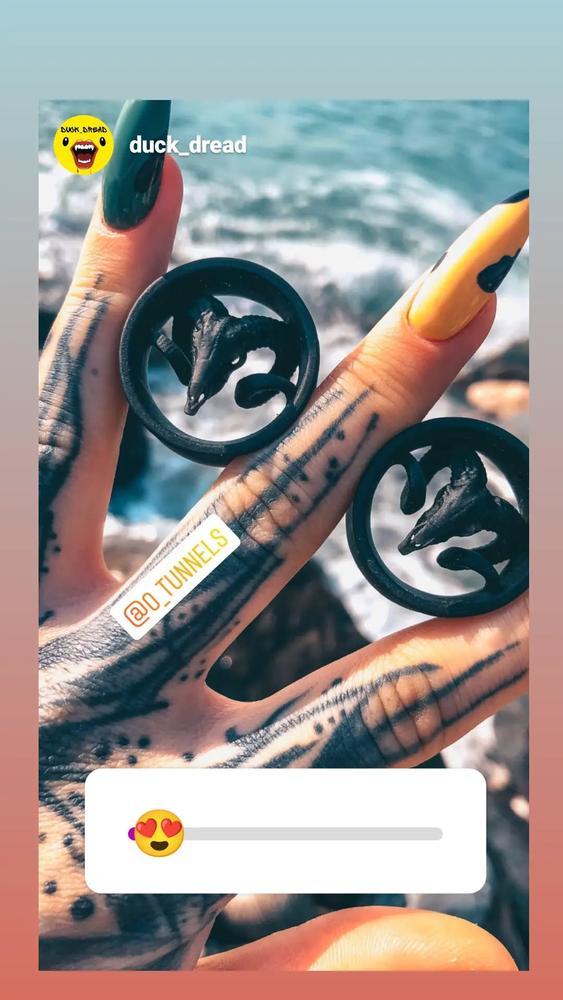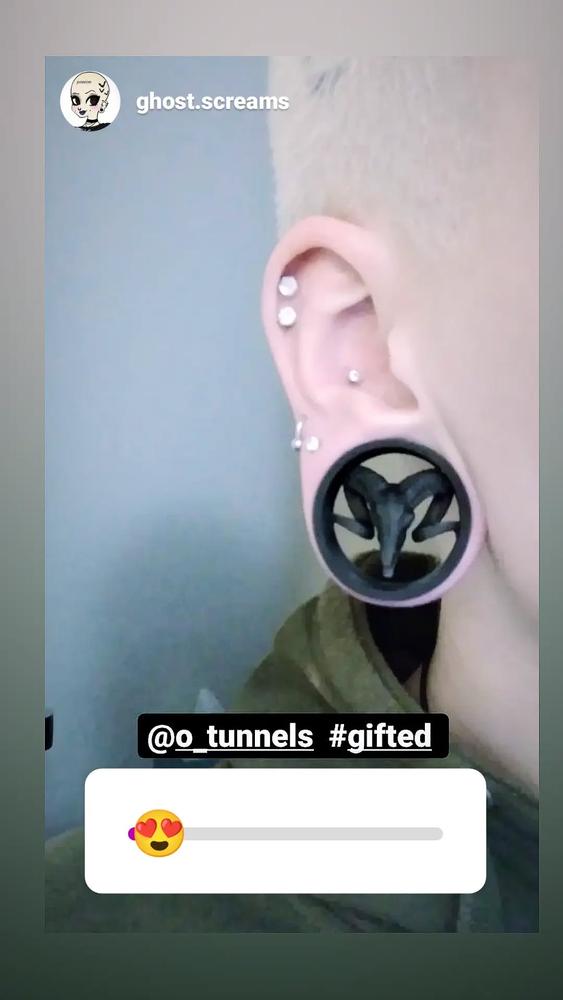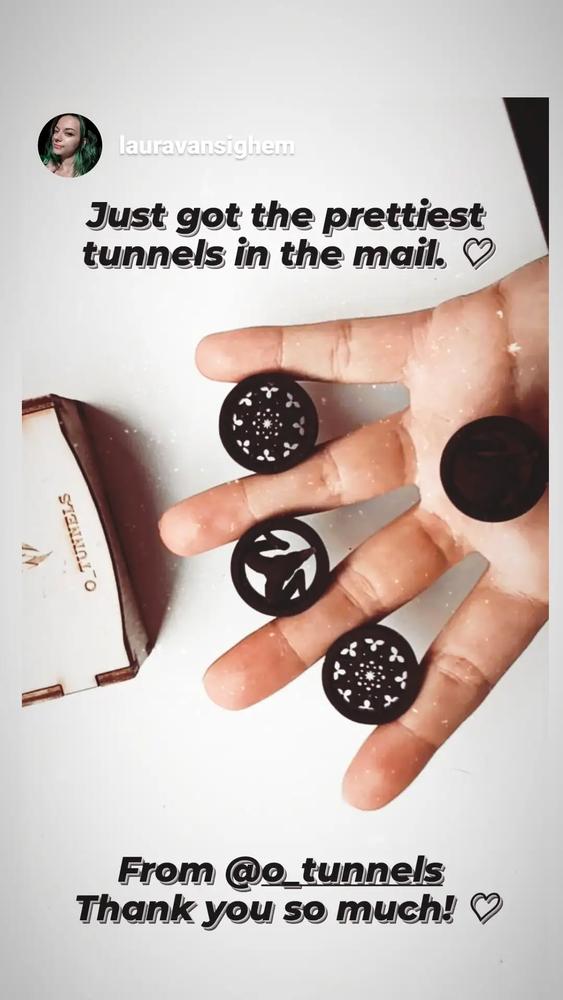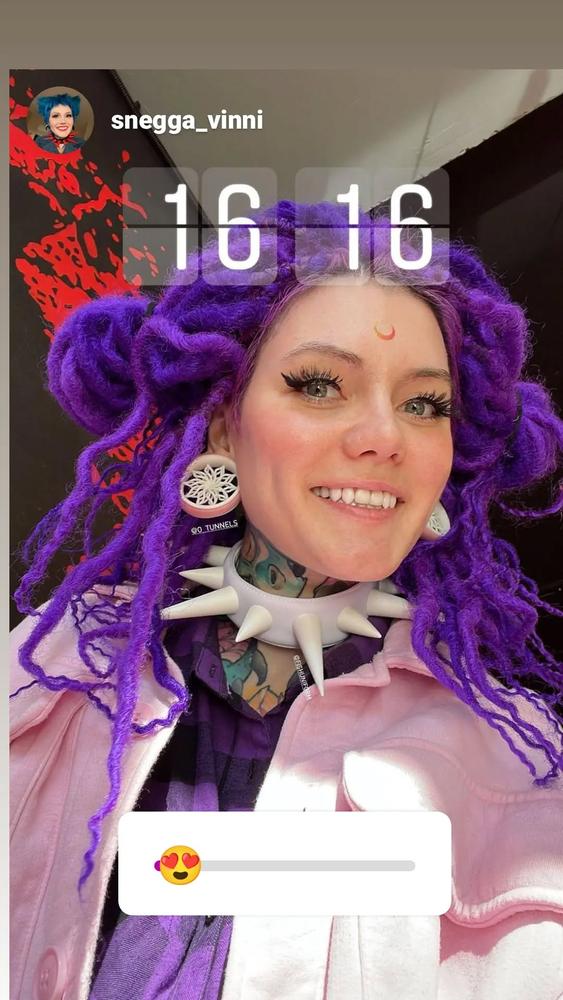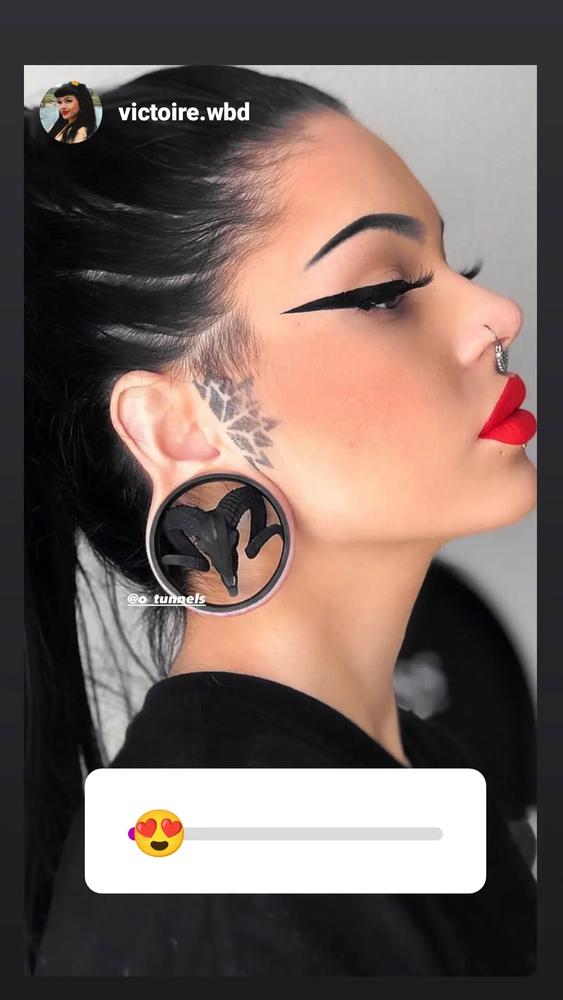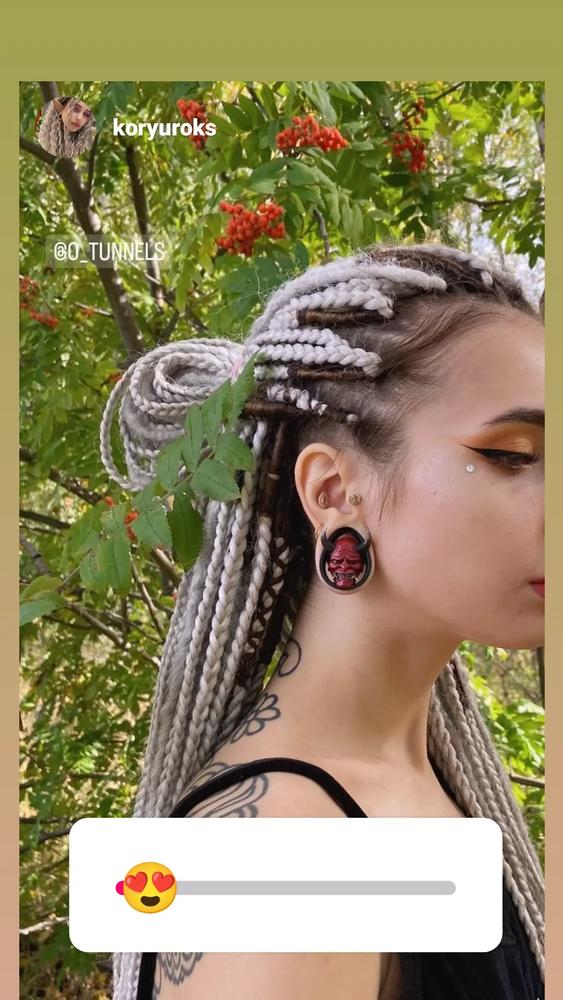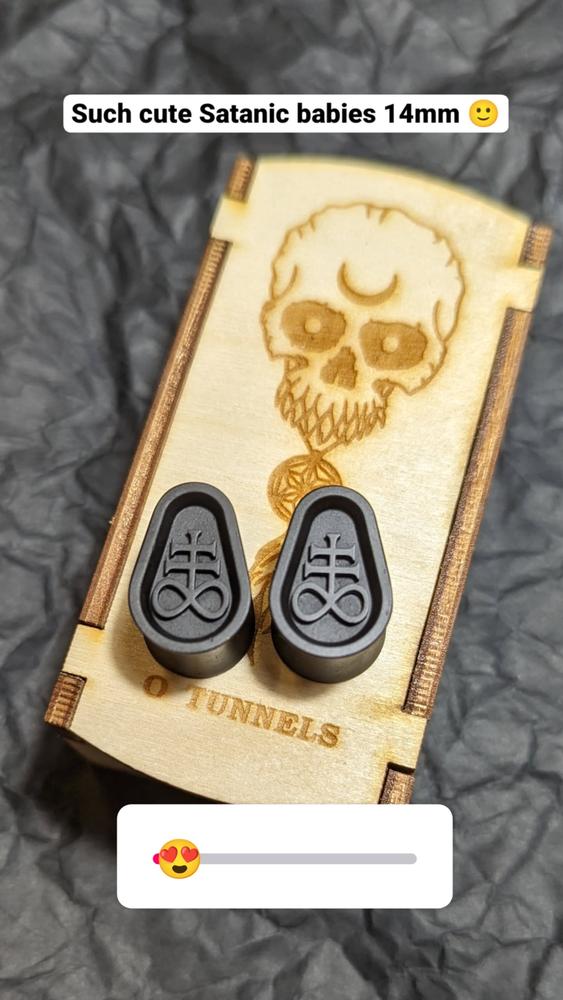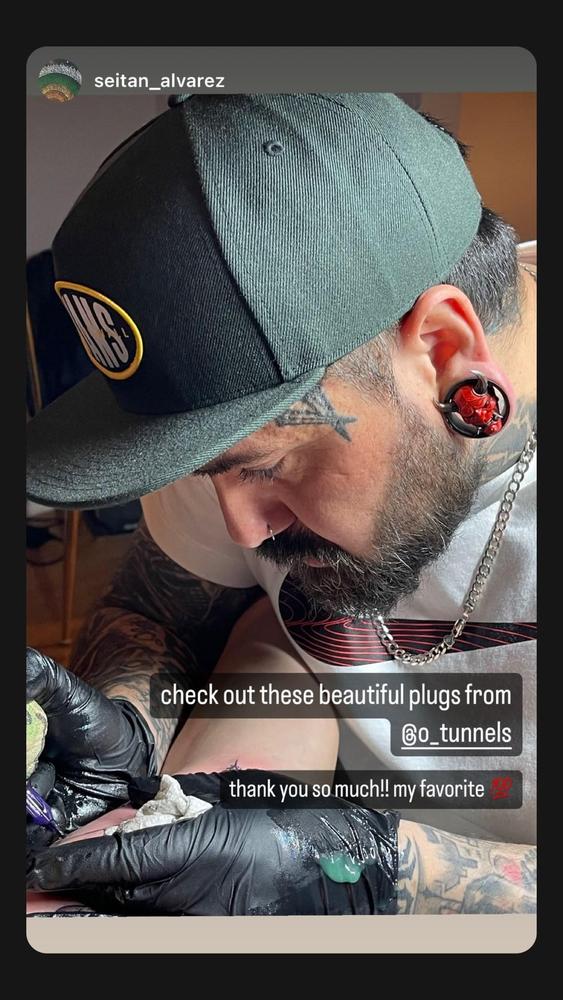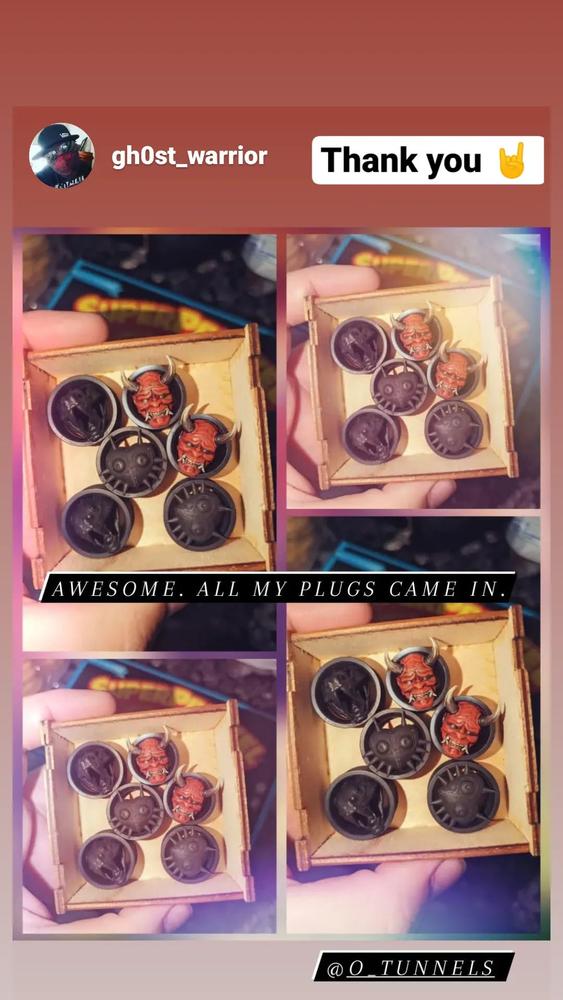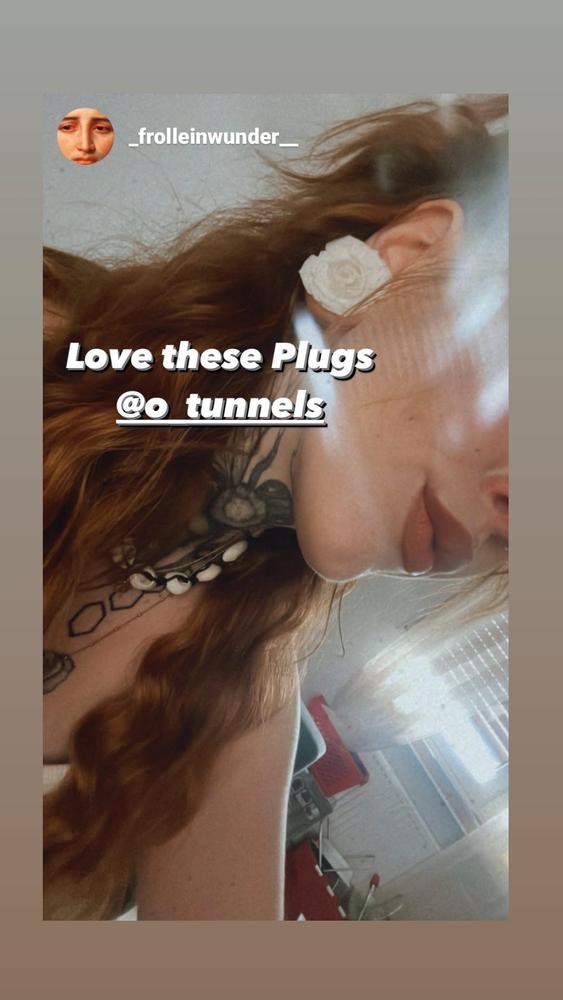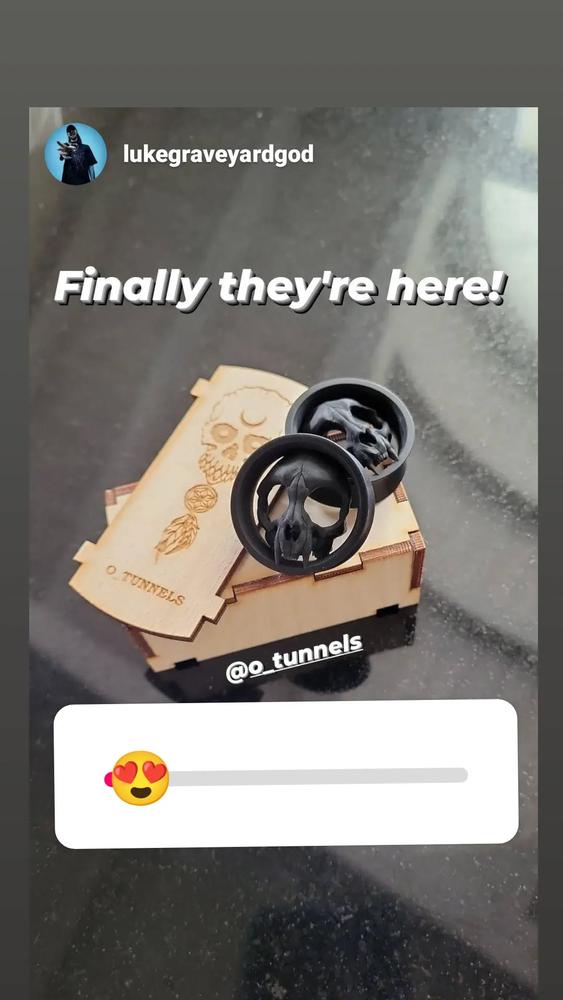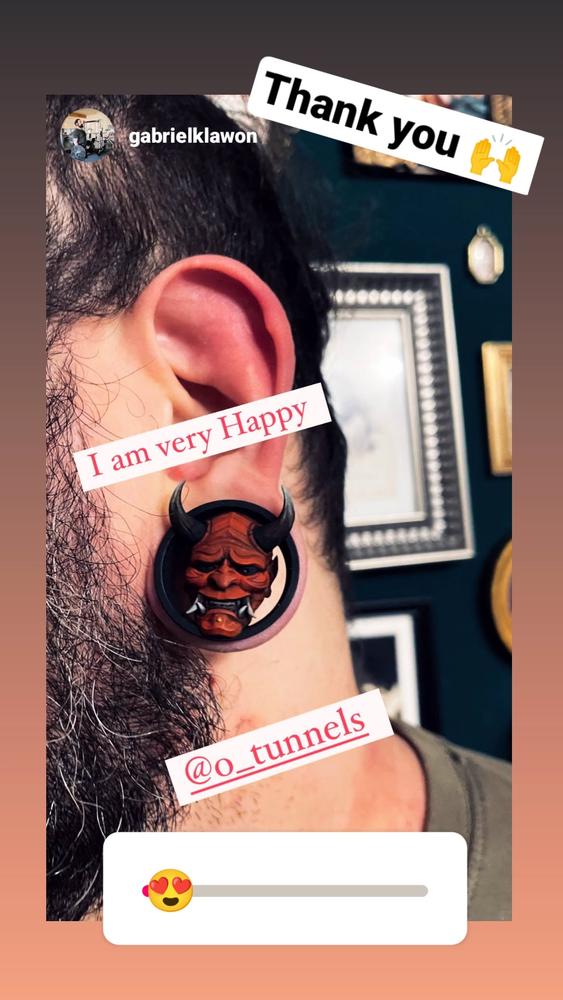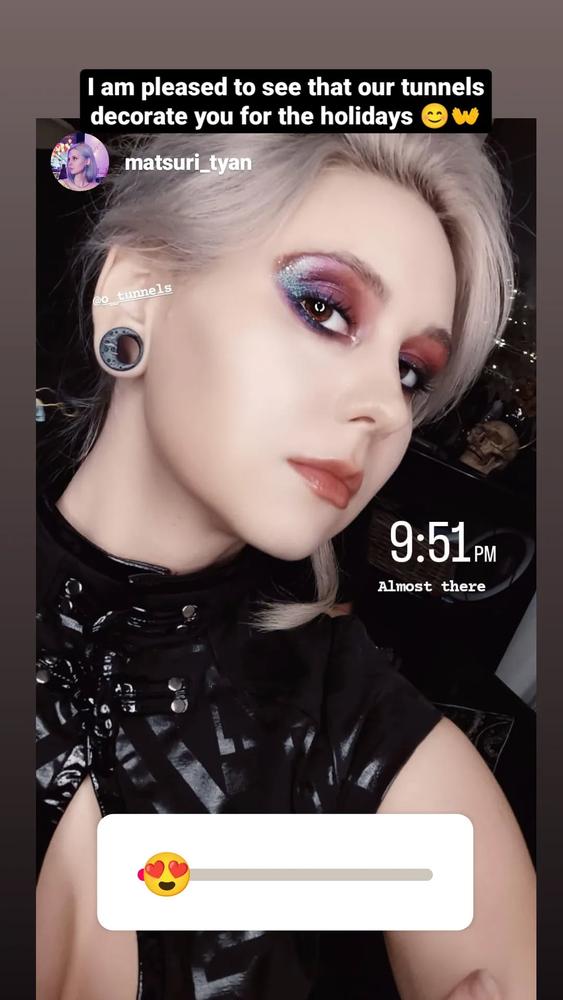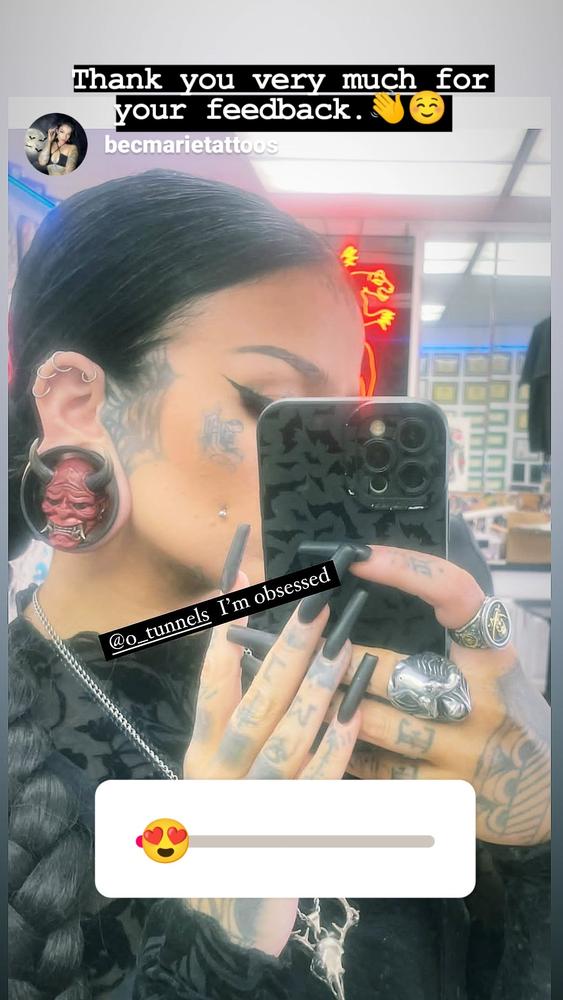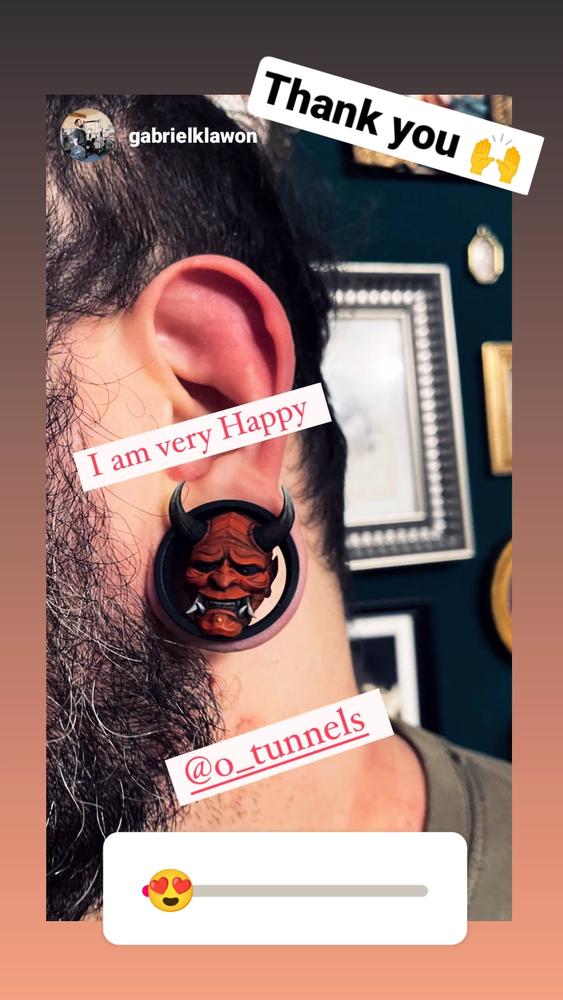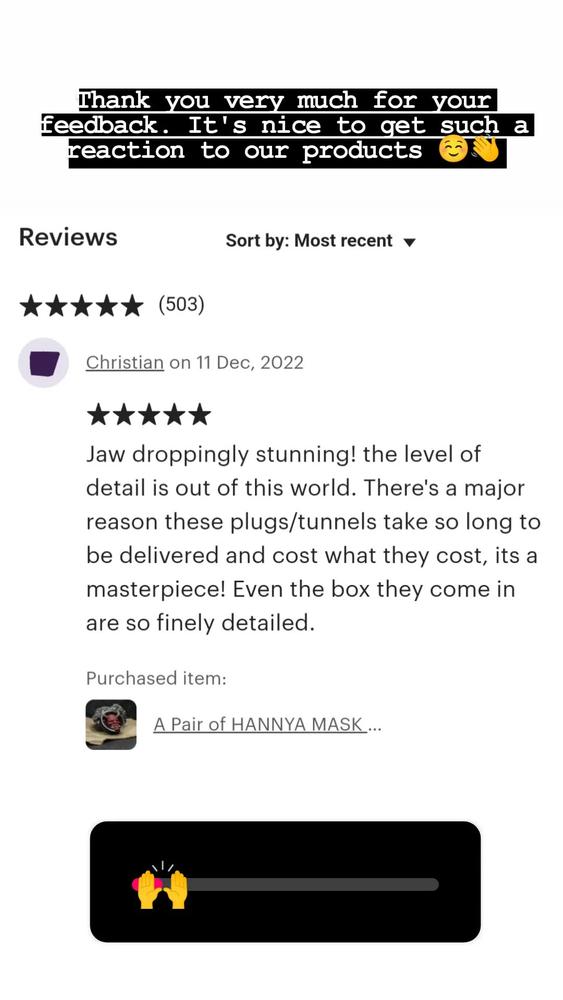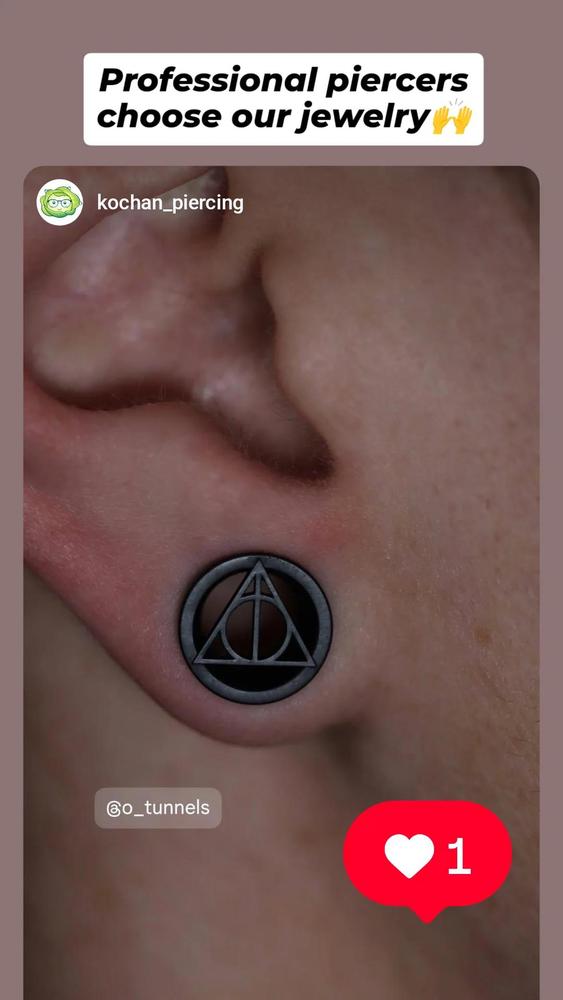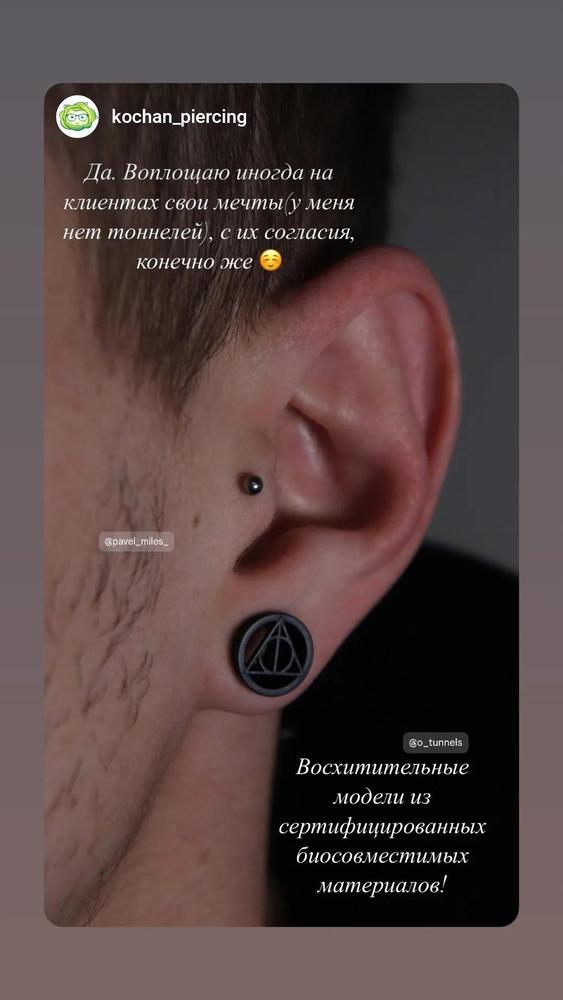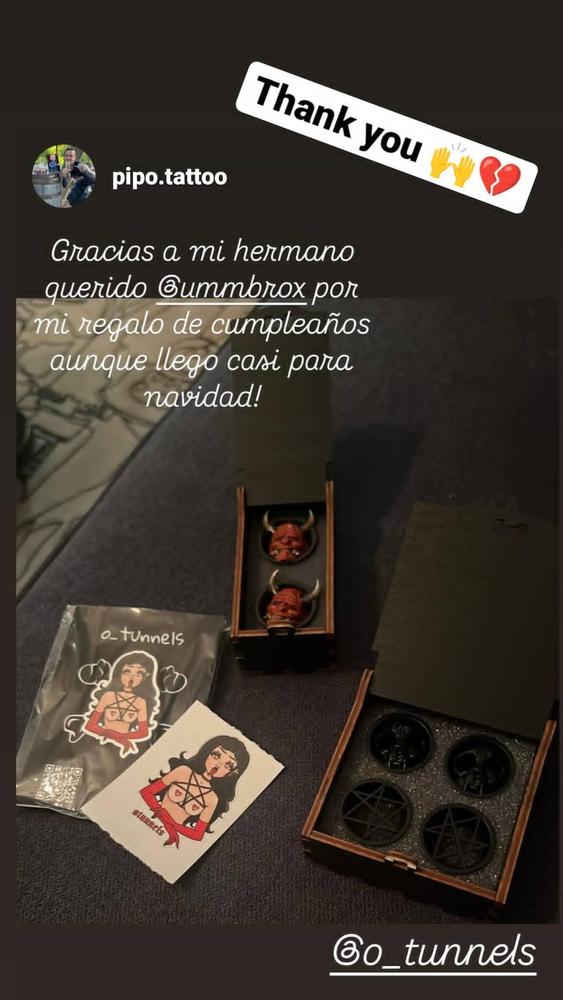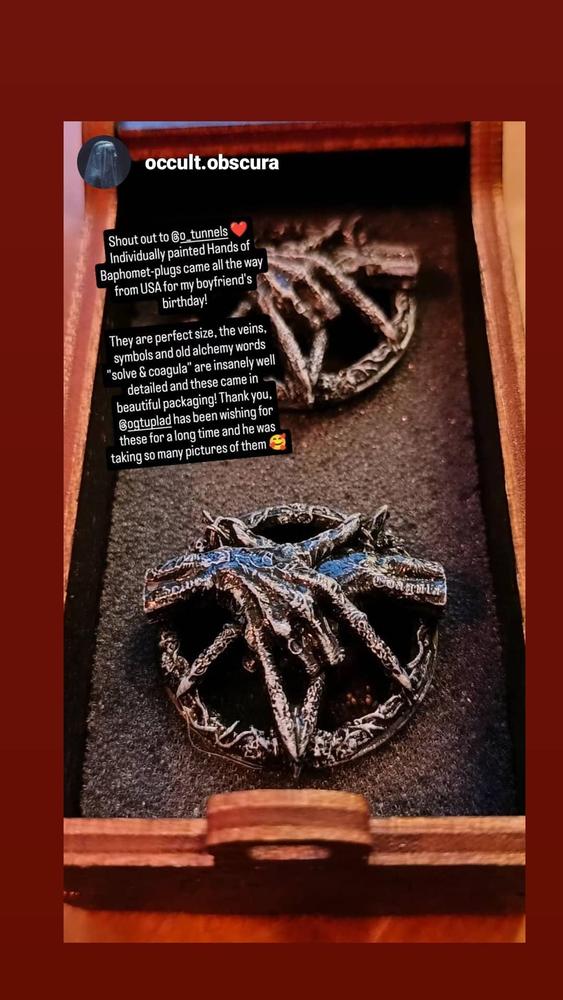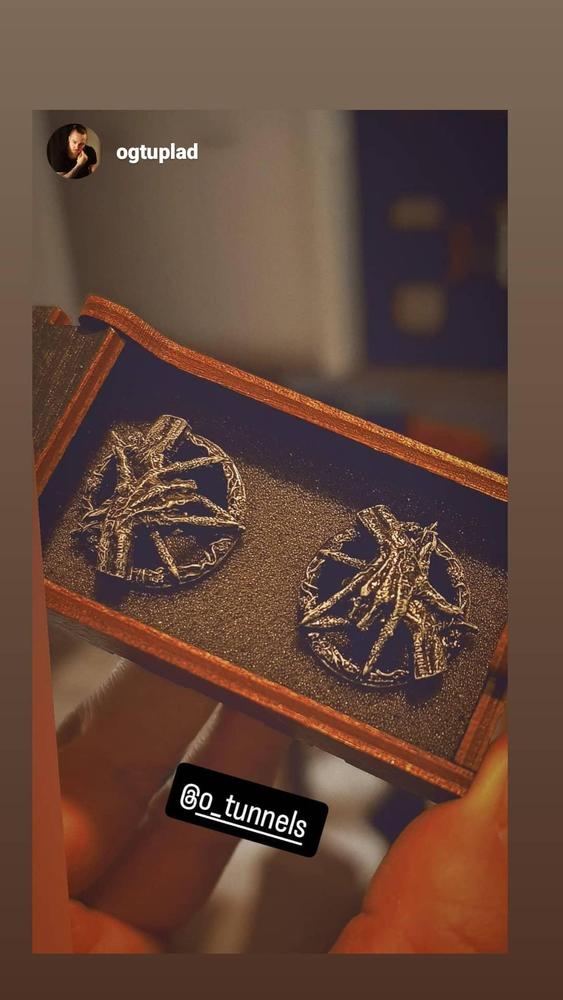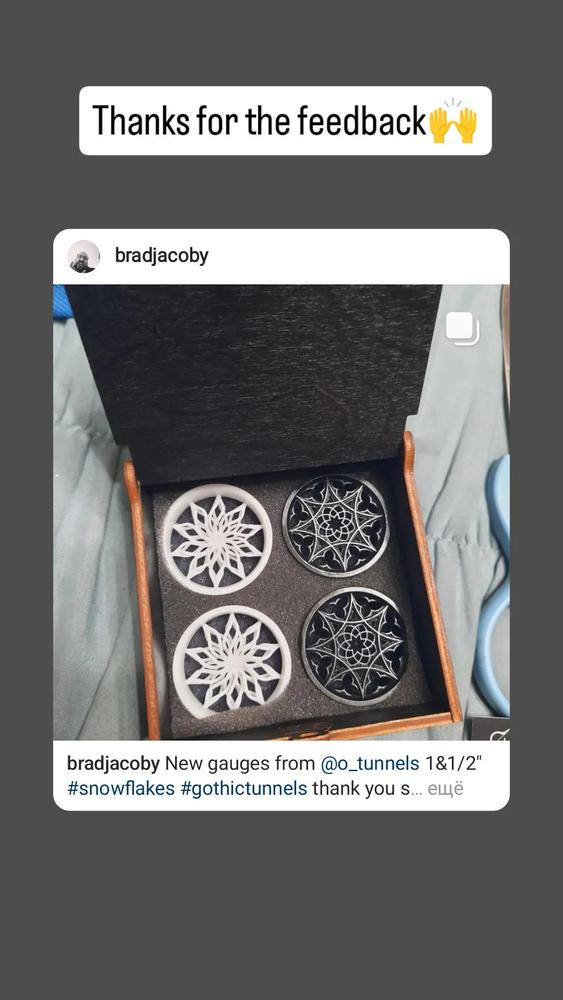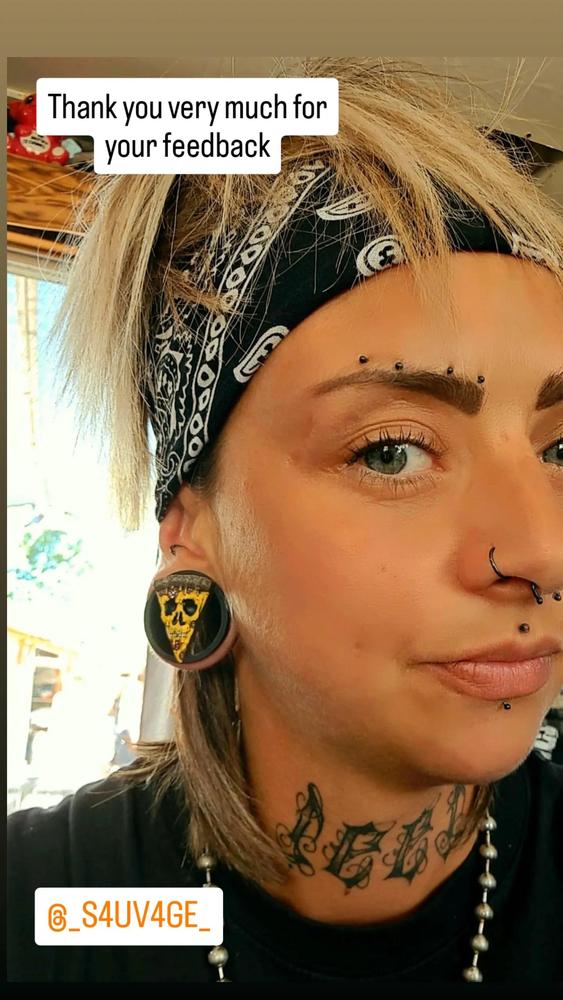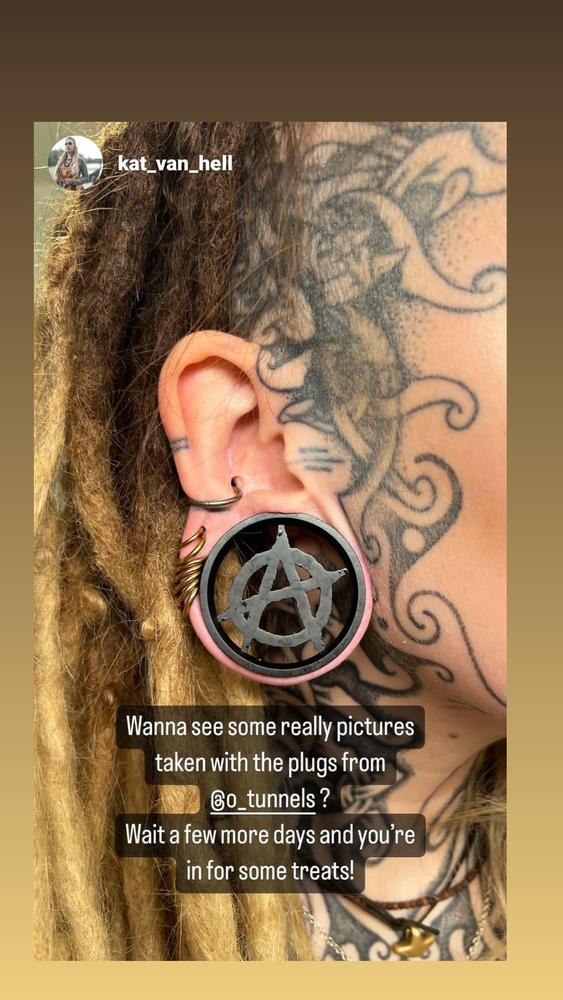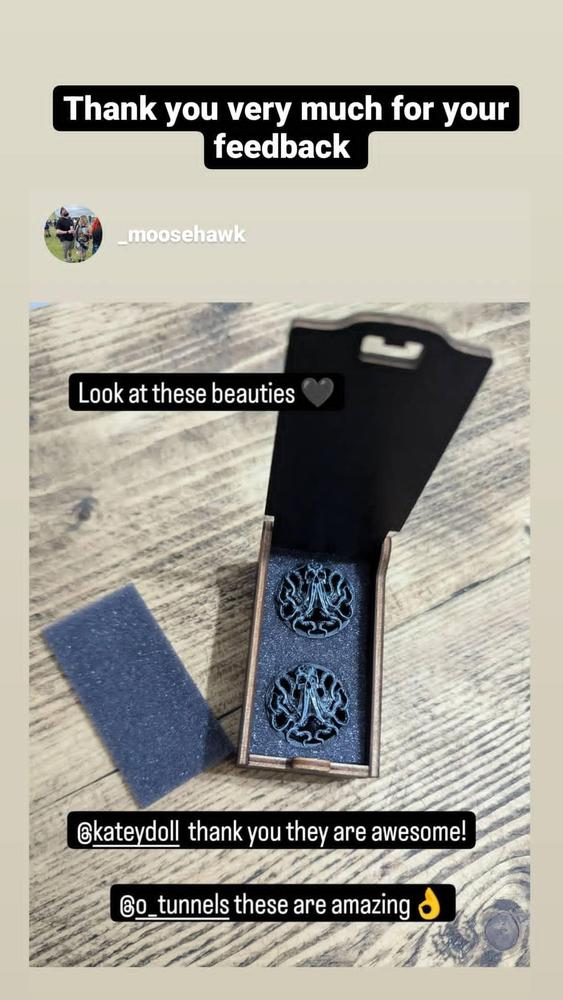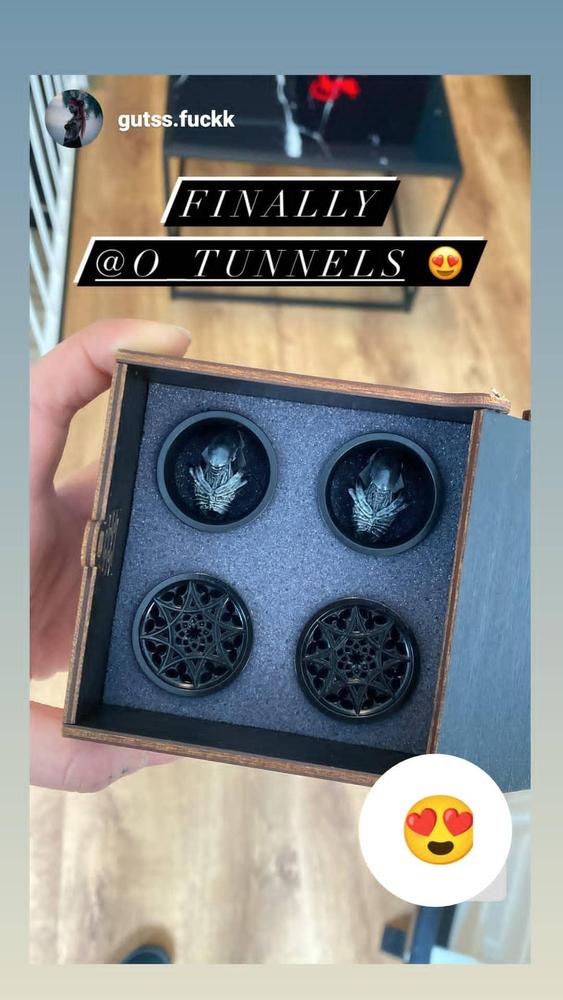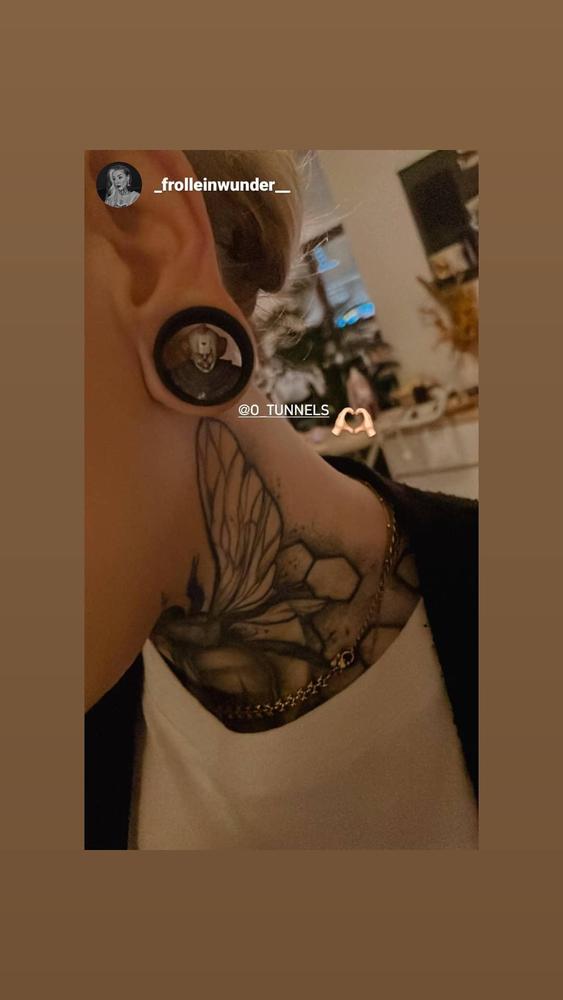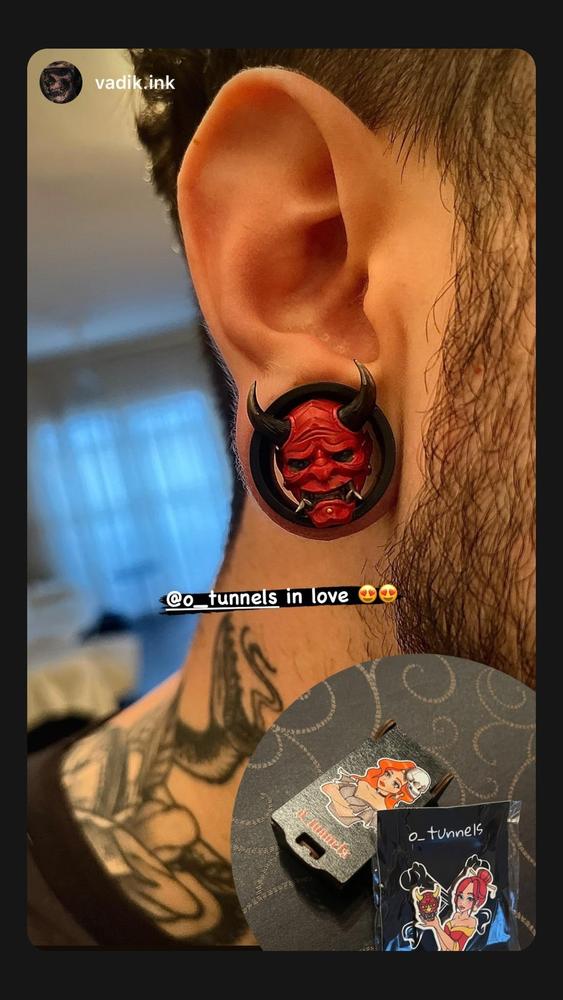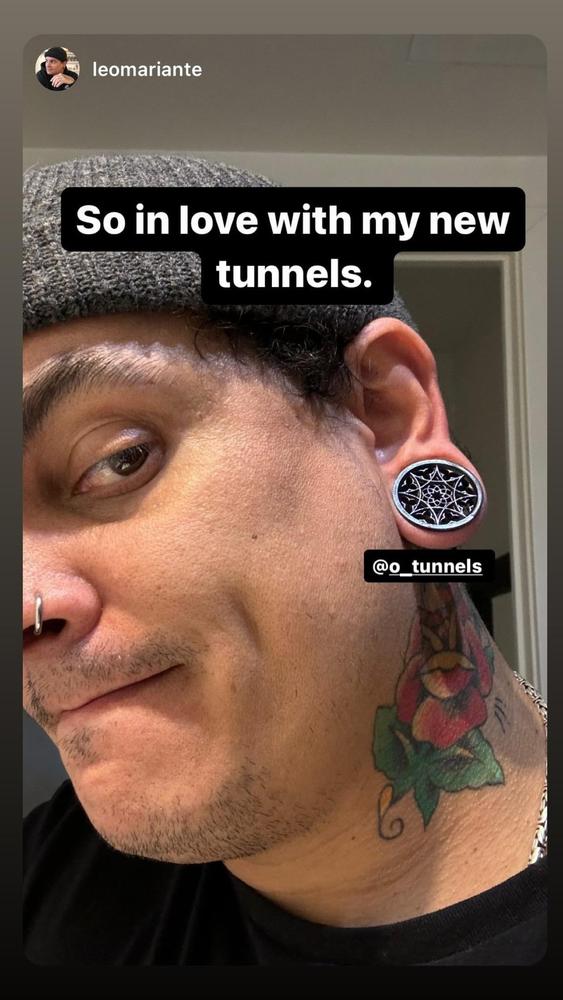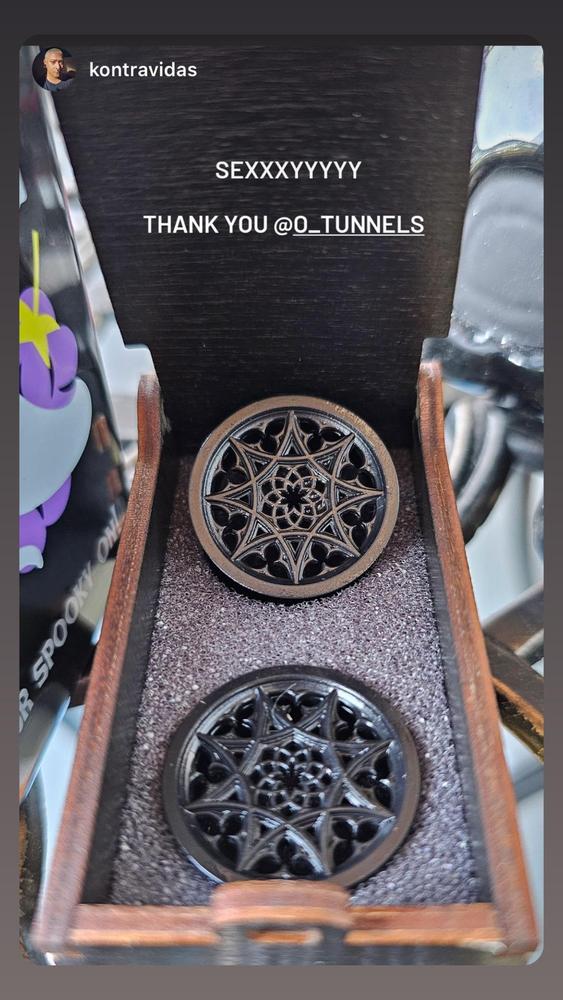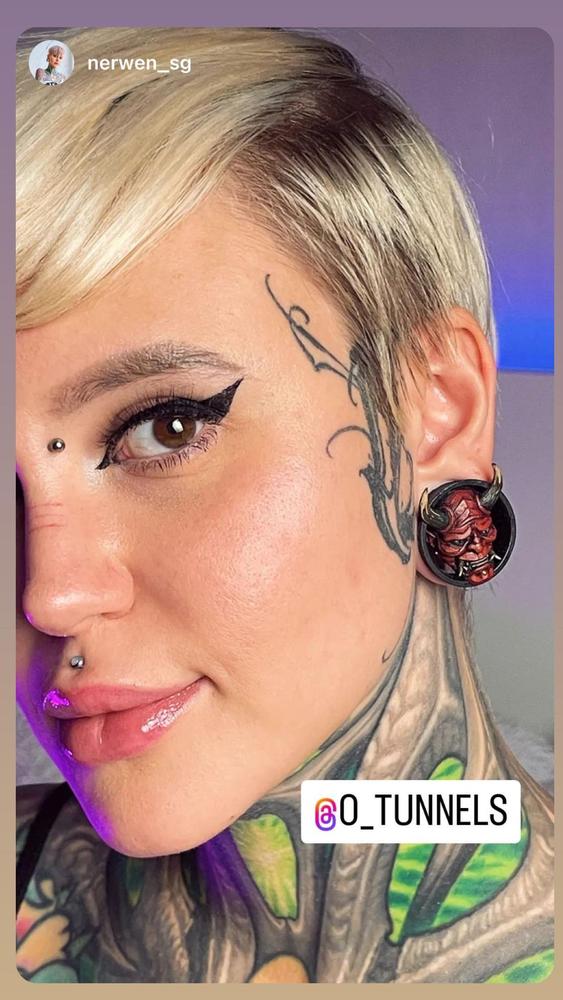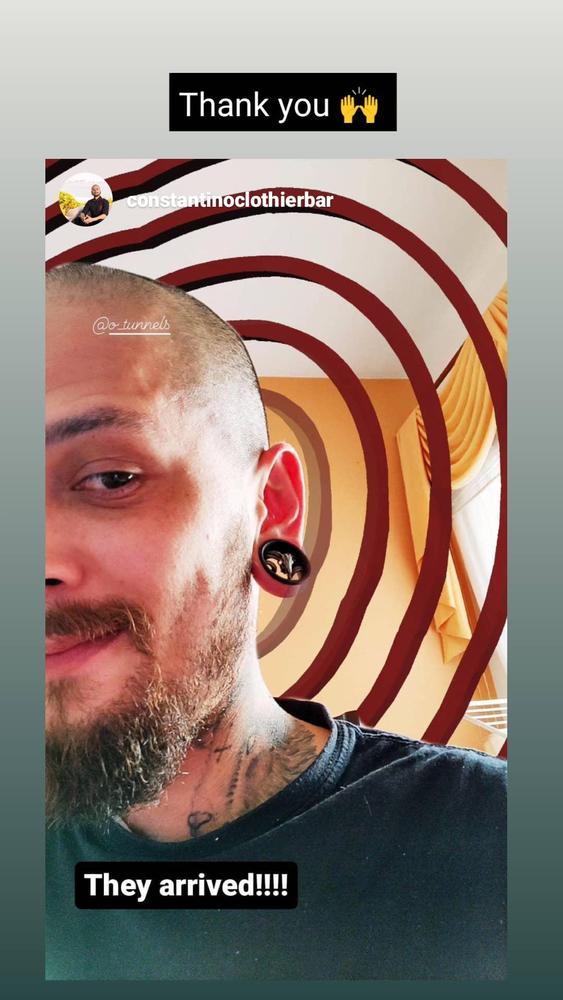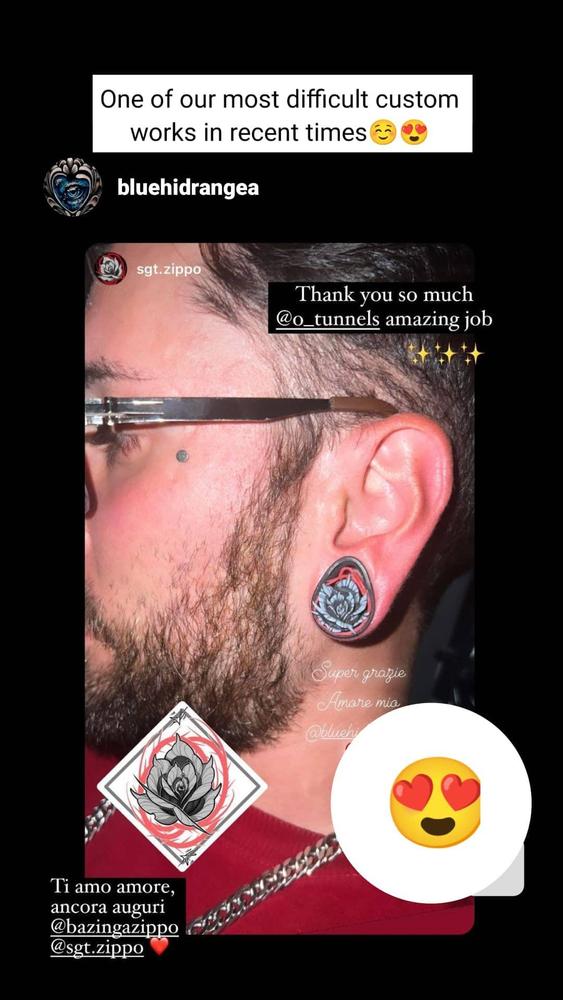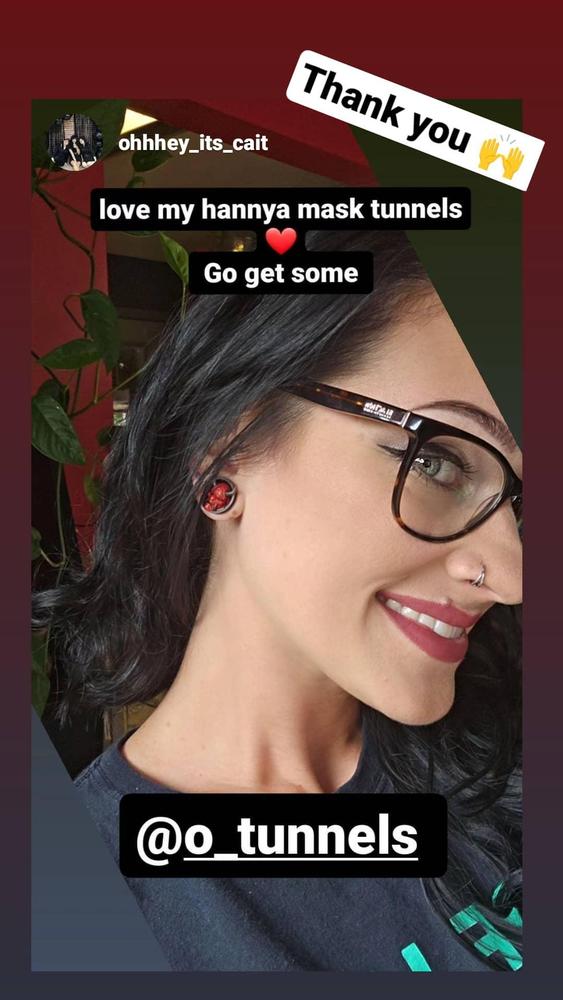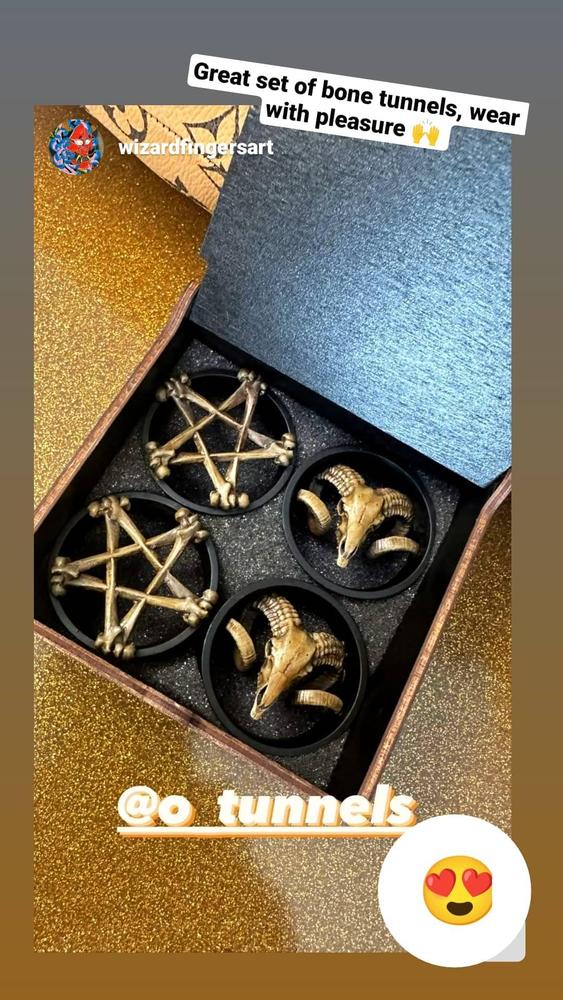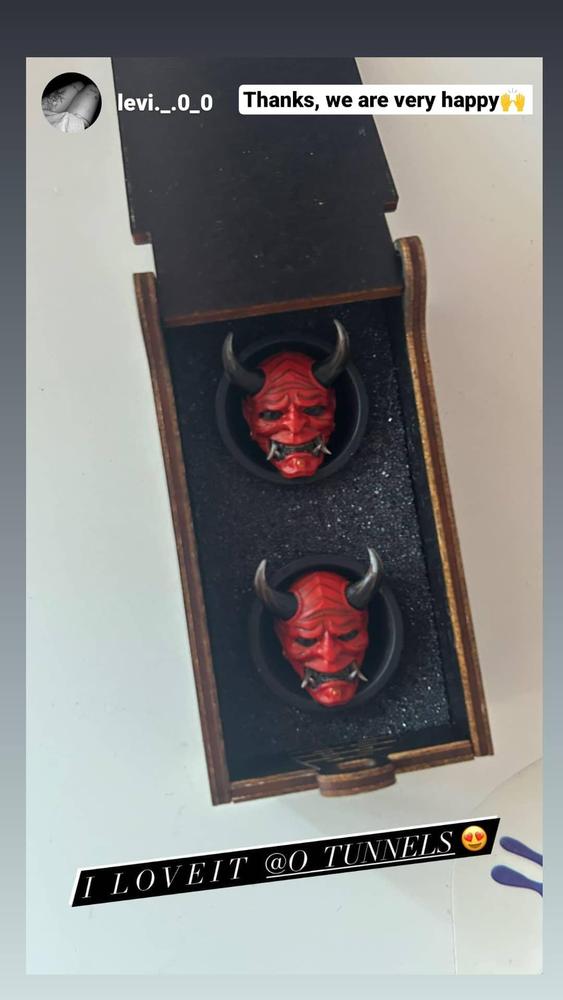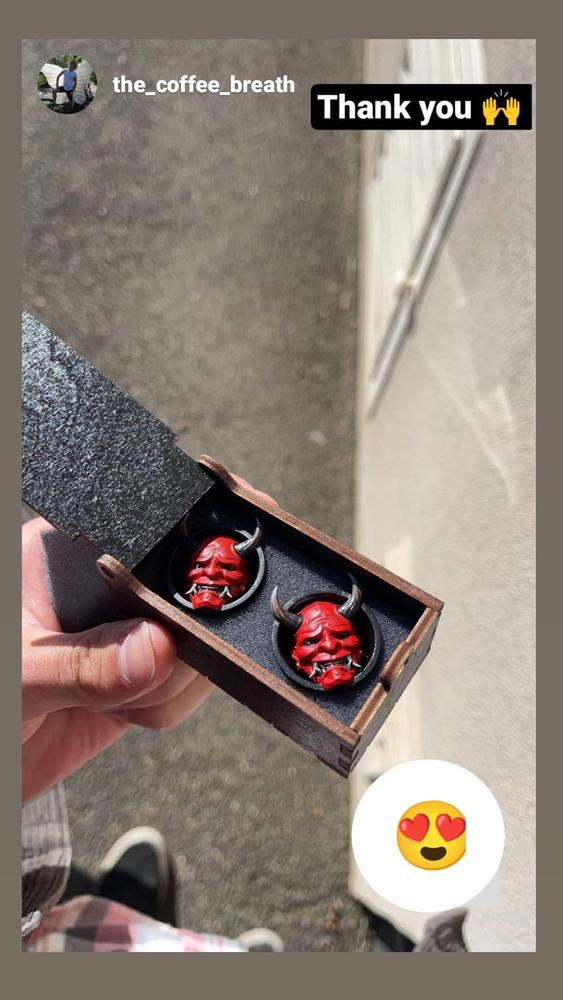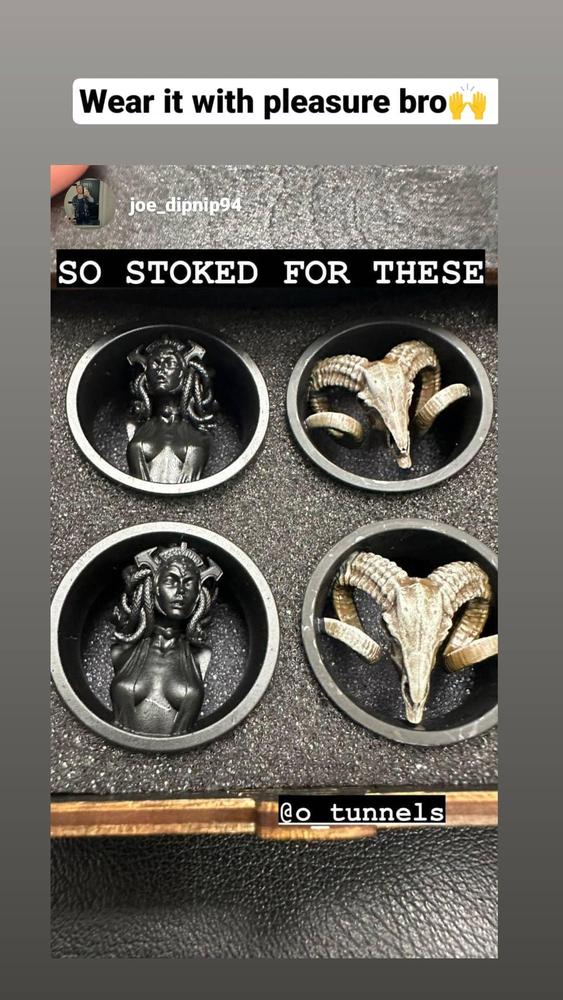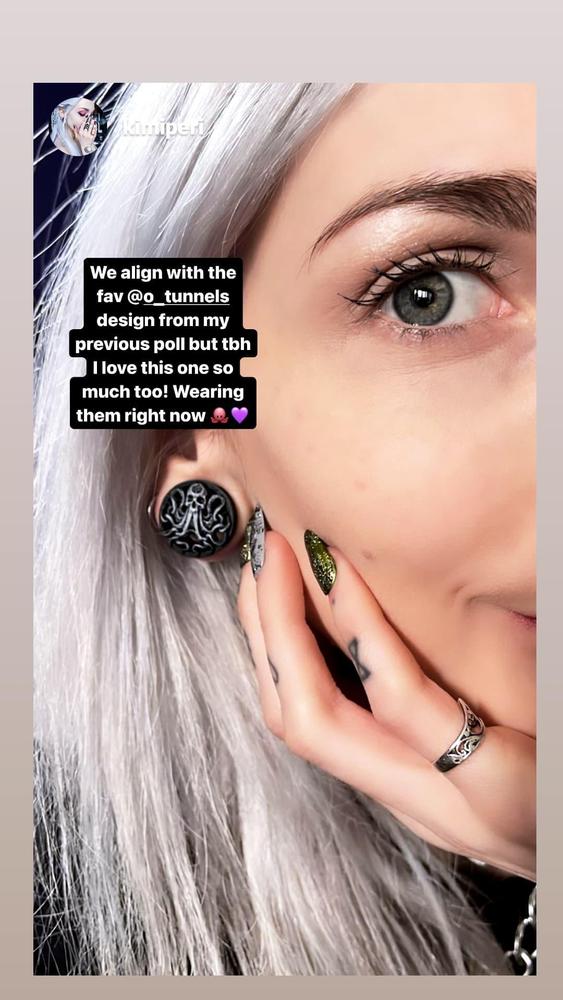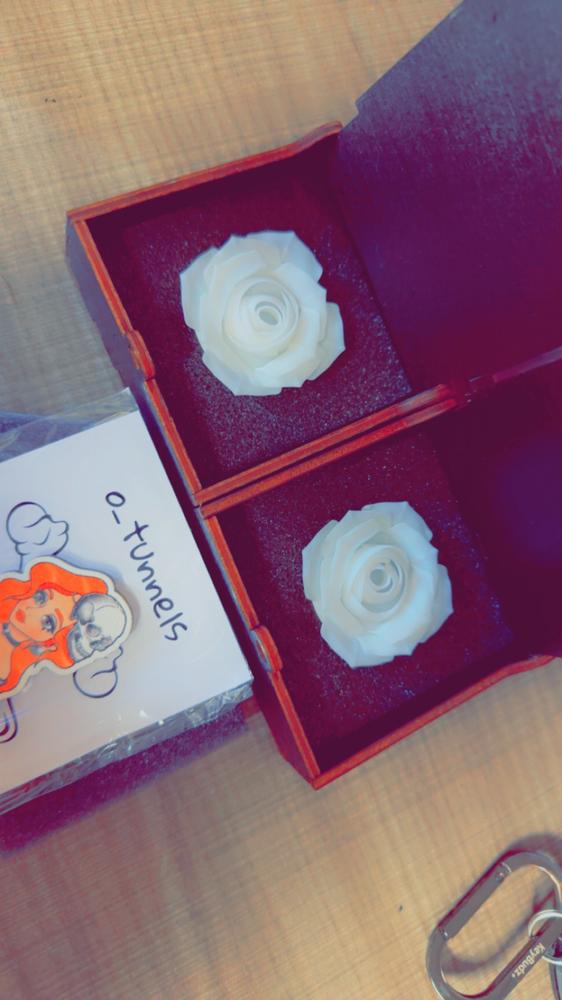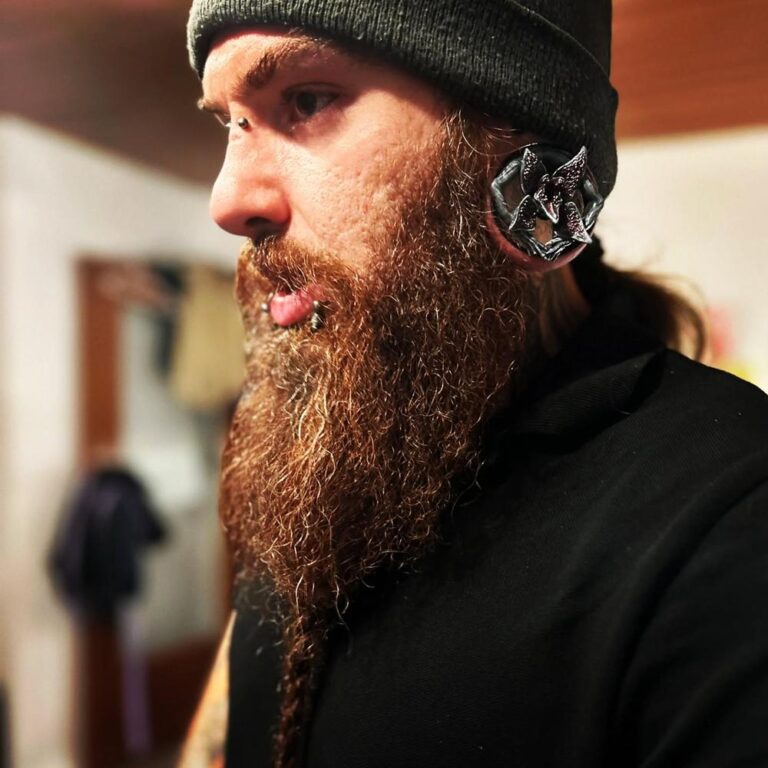We almost forgot to mention what materials we use in our work. It’s really important.
It’s not just regular 3D printing; we use UV-medical resin. What is it and what’s the difference? We’ll tell you all about it in today’s article.
We’re all about using top-notch stuff for crafting our tunnels and ear plugs. We’re talking about medical photopolymer resin here, the same kind they use for dental products.
Yep, you heard it right! This material has been put through its paces, passing tests left, right, and center according to ISO 10993 standards. It even snagged itself a fancy MA No. RZN 2020/12007. So, when we say quality, we mean it!

We cannot vouch for all types of plastics and other materials used by different companies. However, we can tell you exactly which polymer we use. Therefore, the information below primarily pertains to our practices and materials.
Plus, we’ll tell you about the different types of plastics generally used for jewelry.
What is the difference in general?
In recent years, resin jewelry has seen a surge in popularity. With its affordability and versatility in design, it’s no surprise that many people are gravitating towards it. But a frequently asked question is, “Is resin jewelry safe?” Let’s break it down!
Right now, we’re seeing various copies of our creative work popping up. We’ve talked to piercing and tattoo artists about this, as they often encounter different types of tunnels. Plus, we’ve bought and checked out several of these copies ourselves. Sure, from a distance, they often look similar. But the overall quality usually becomes apparent from about half a meter away.
The lack of hand finishing (there’s no mention of hand painting) and scrimping on materials are usually noticeable to anyone, you don’t have to be a specialist for that. But that’s not the scariest or biggest problem. Unfortunately, cutting corners usually means compromising your safety and potentially dealing with issues like irritation, allergies, and other joys.
Next up, we’ll dive into the different types of plastics out there and whether it’s a good idea or not to use just anything for tunnels.
Understanding Resin Types
There are multiple types of resins used in jewelry making, such as epoxy resin, polyurethane resin, and UV resin. Each has its properties:
- Epoxy Resin: A combination of epoxy and a curing agent, it’s known for its durability and adaptability. This resin is commonly used in jewelry and homeware, and once cured, it is considered safe to touch and wear.
- Polyurethane Resin: Made from isocyanate and polyol, this resin is flexible, durable, and shock-resistant.
- UV Resin: This is the star in our story. Known for its quick curing under UV light, it’s a top choice for jewelry makers who prioritize efficiency.
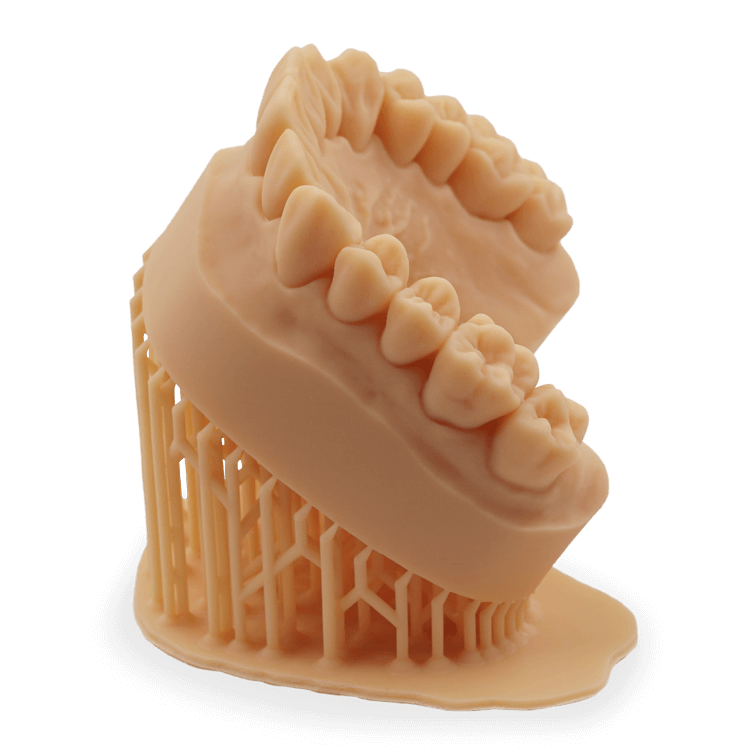
An example of the application of UV-medical resin
The Promise of Medical UV Resin
The use of medical UV resin, especially for plugs and tunnels, takes the safety game to a new level. Here’s why:
- Non-Toxic Once Cured: The right UV resin, when cured correctly, becomes safe and non-toxic. No more worrying about harmful chemicals!
- Durability: UV resin boasts a significant level of durability. That means fewer chances of breaks, chips, or other damage that can harm the skin.
Here’s the detailed information about the material we use, directly from our resin supplier:
Safe: Resin does not contain solvents and volatile monomers, irritating compounds.
No fumes, odor, and allergic reactions. Can be used in a lab or at home.
Biocompatible: Produced from biocompatible raw material used in photopolymer teeth fillings.
Meets the standard ISO 10993.
Stable Color: Depending on post-curing condition, it is stable for a long time even in aggressive media.
Certification: Biocompatibility confirmed by third-party laboratories.
Material successfully tested in accordance with ISO 10993 with the provision of the MA No. RZN 2020/12007.
So, are Resin Earrings and Plugs Safe?
Yes, but with a few caveats:
- For those with sensitive skin, a patch test is recommended. This can be as simple as wearing the earrings for a short duration before going all out.
- While water-resistant, constant exposure to water or other harsh elements can degrade the quality and safety of the resin, so it’s best to remove them while showering or swimming.
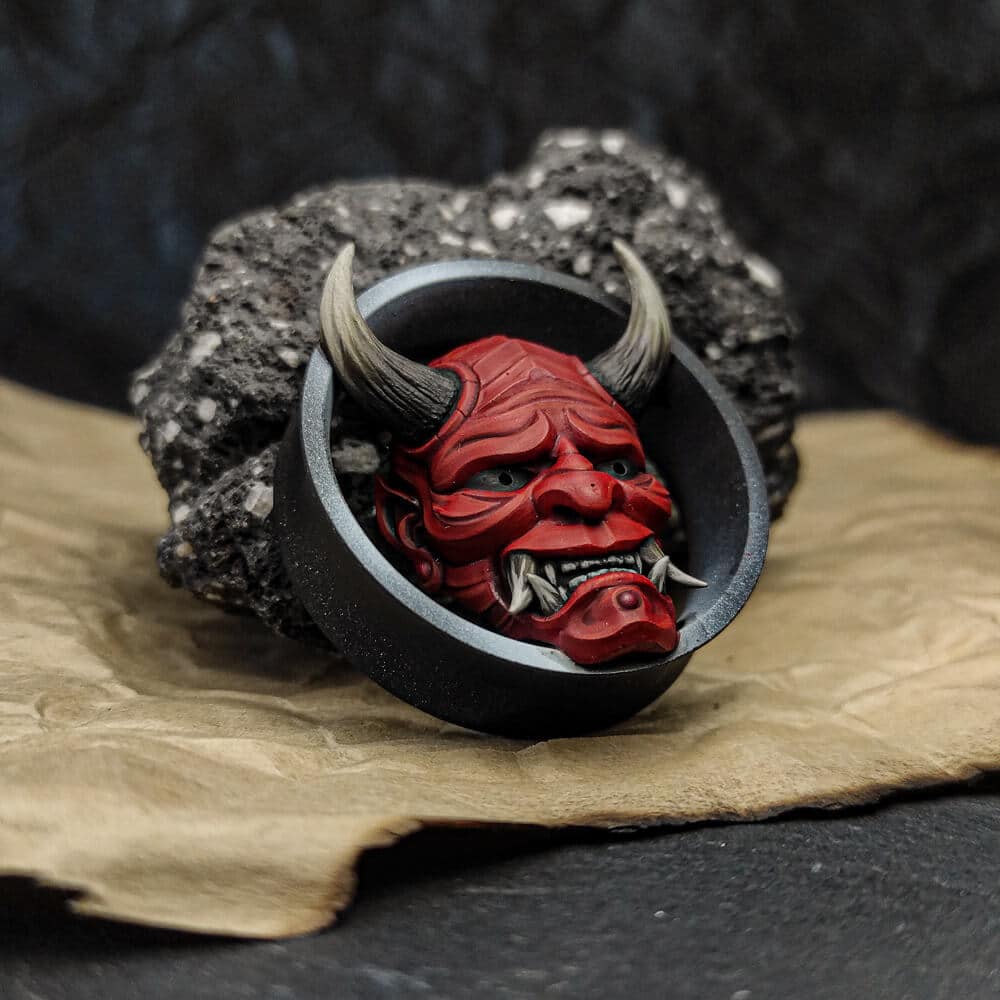
You get why we use Medical UV resin for our plugs and tunnels, right?
Be cautious with your choice
We’re all about your safety, through and through. So, firstly, it’s best to wear our tunnels when your ears are fully healed.
Secondly, make sure to carefully read reviews to avoid something like this one. Yes, it’s about metal tunnels, but hey, don’t they seem overly inspired by our design?
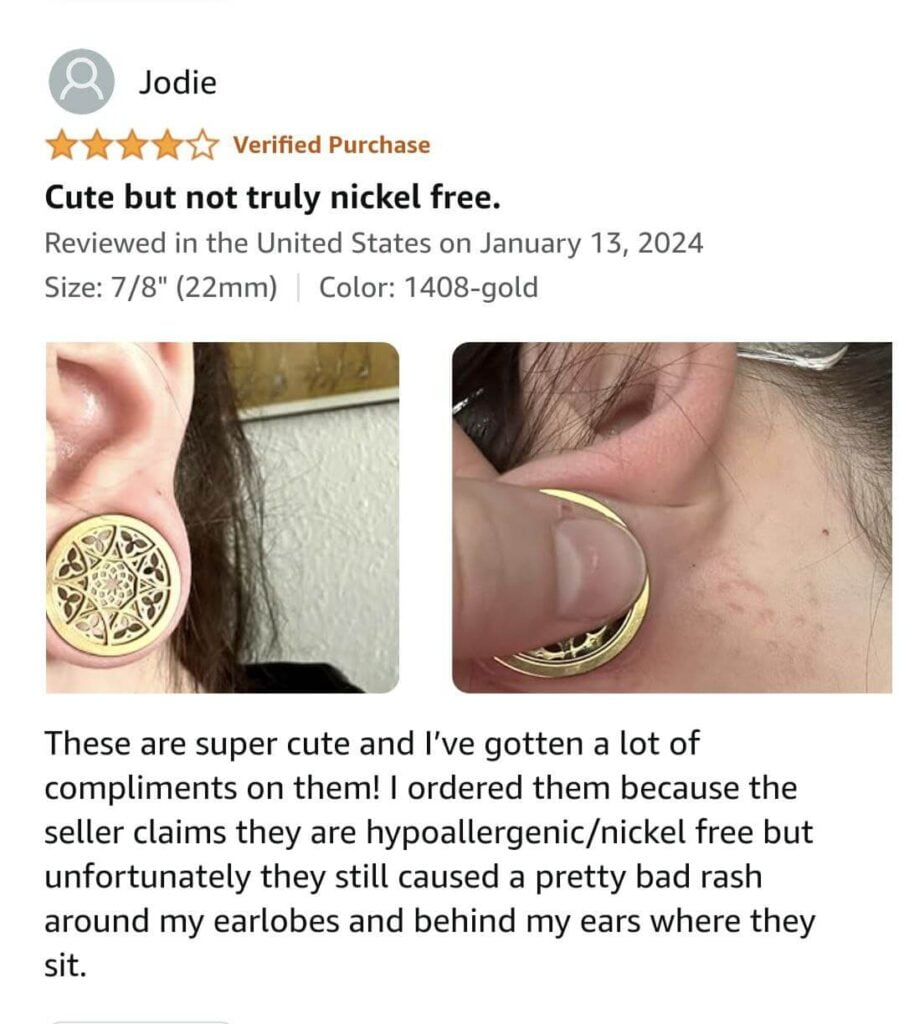
Tips for Safe Resin Jewelry Wear:
- Quality Over Quantity: Invest in jewelry from reputable sources that use high-quality resins. For plugs and tunnels, medical UV resin is a prime choice.
- Maintenance: Keep your resin pieces clean. A simple wipe down with a mild detergent can keep potential irritants at bay.
- Listen to Your Body: If you notice any discomfort, irritation, or other adverse reactions, stop wearing the resin jewelry immediately and consult a professional.
Environmental Considerations
While resin jewelry is beloved by many, it’s also essential to think of its environmental impact. While some types of resins are more eco-friendly than others, it’s always a good idea to opt for biodegradable materials or natural resins when possible.
Wrapping Up:
Resin, especially medical UV resin, offers a promising, stylish, and safe solution for modern jewelry enthusiasts. As with any accessory, ensuring its quality and listening to your body’s responses is key. Whether you’re a fan of resin earrings, plugs, tunnels, or other forms of adornments, knowing what’s in and around your body will ensure a fashionable and worry-free experience.
